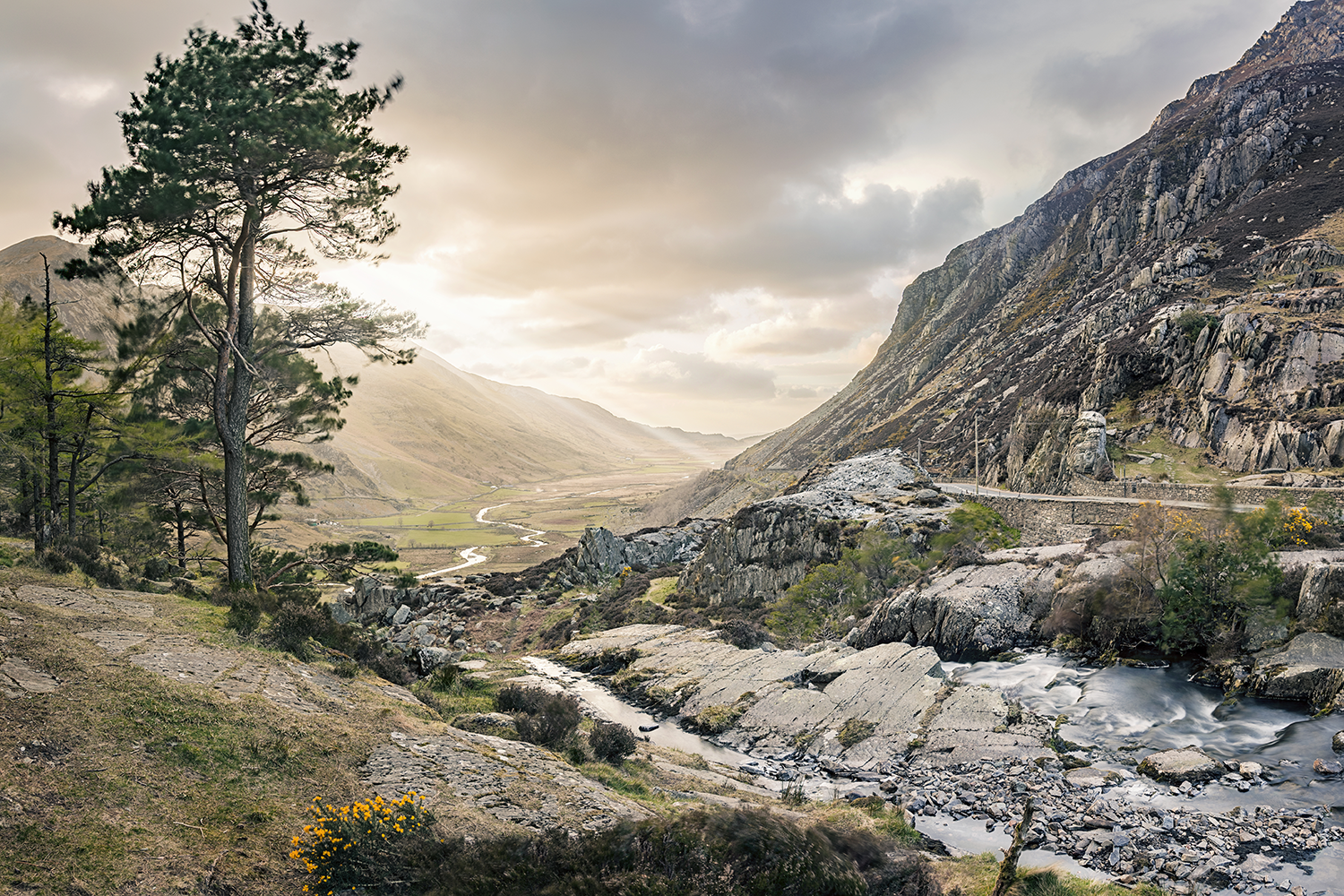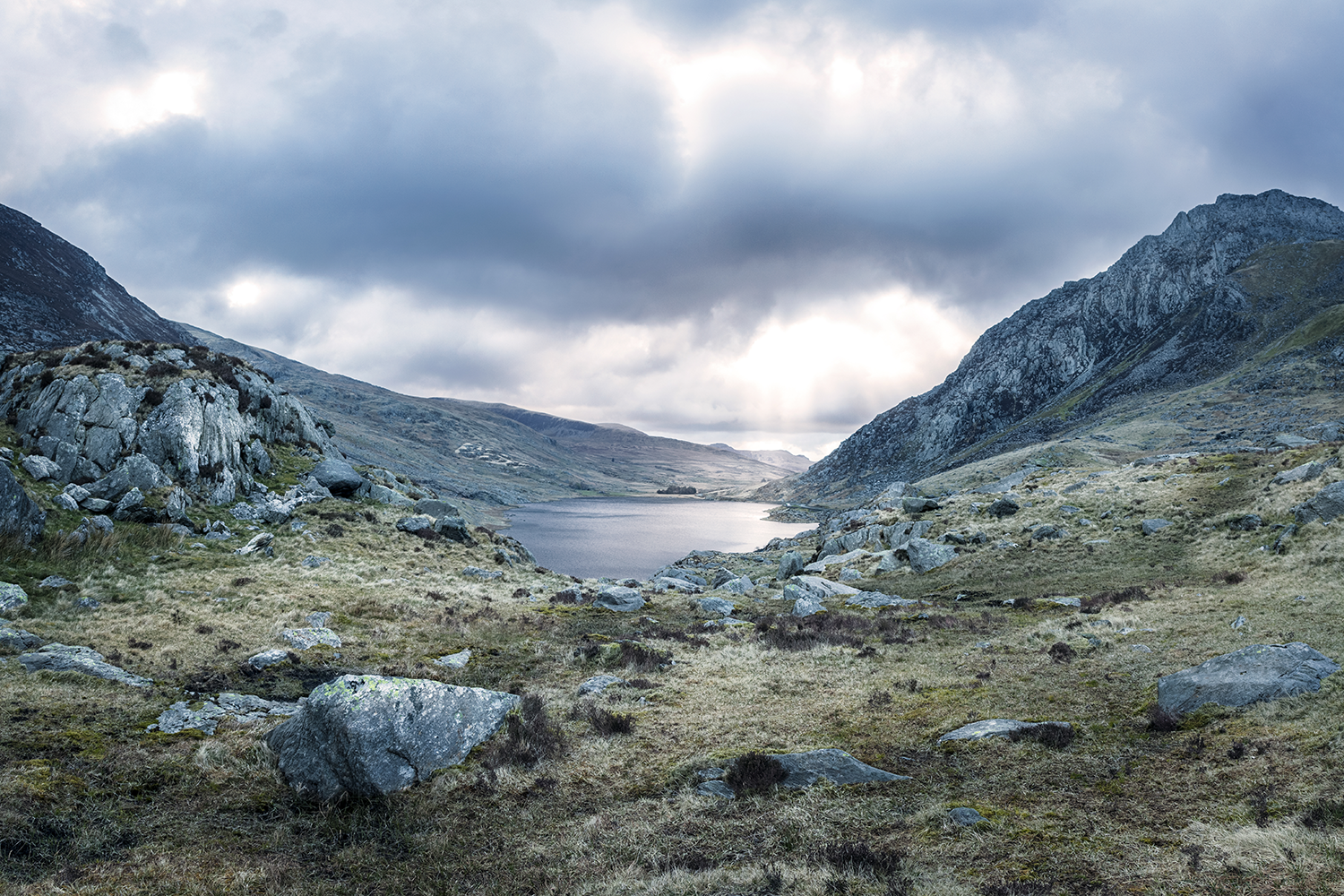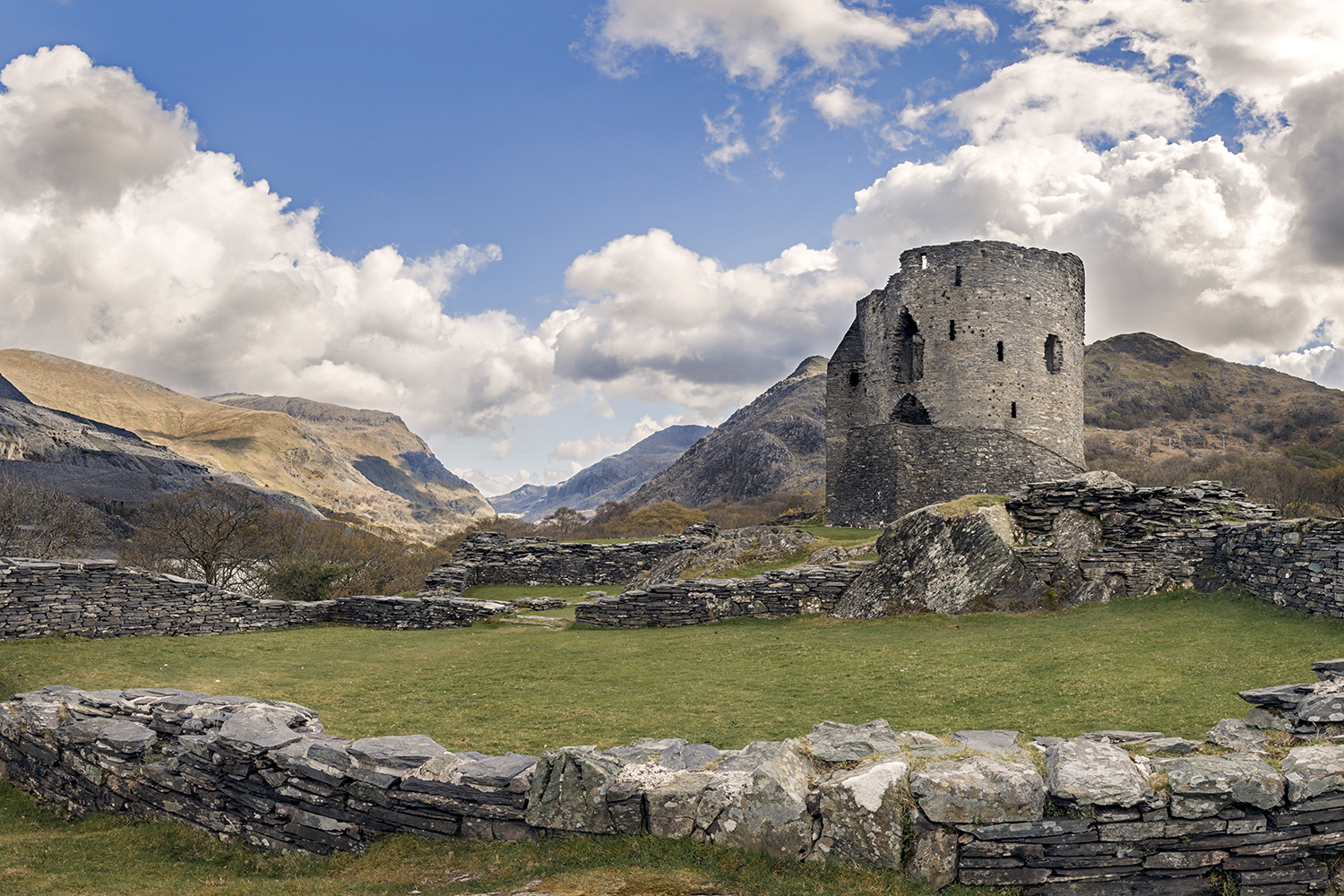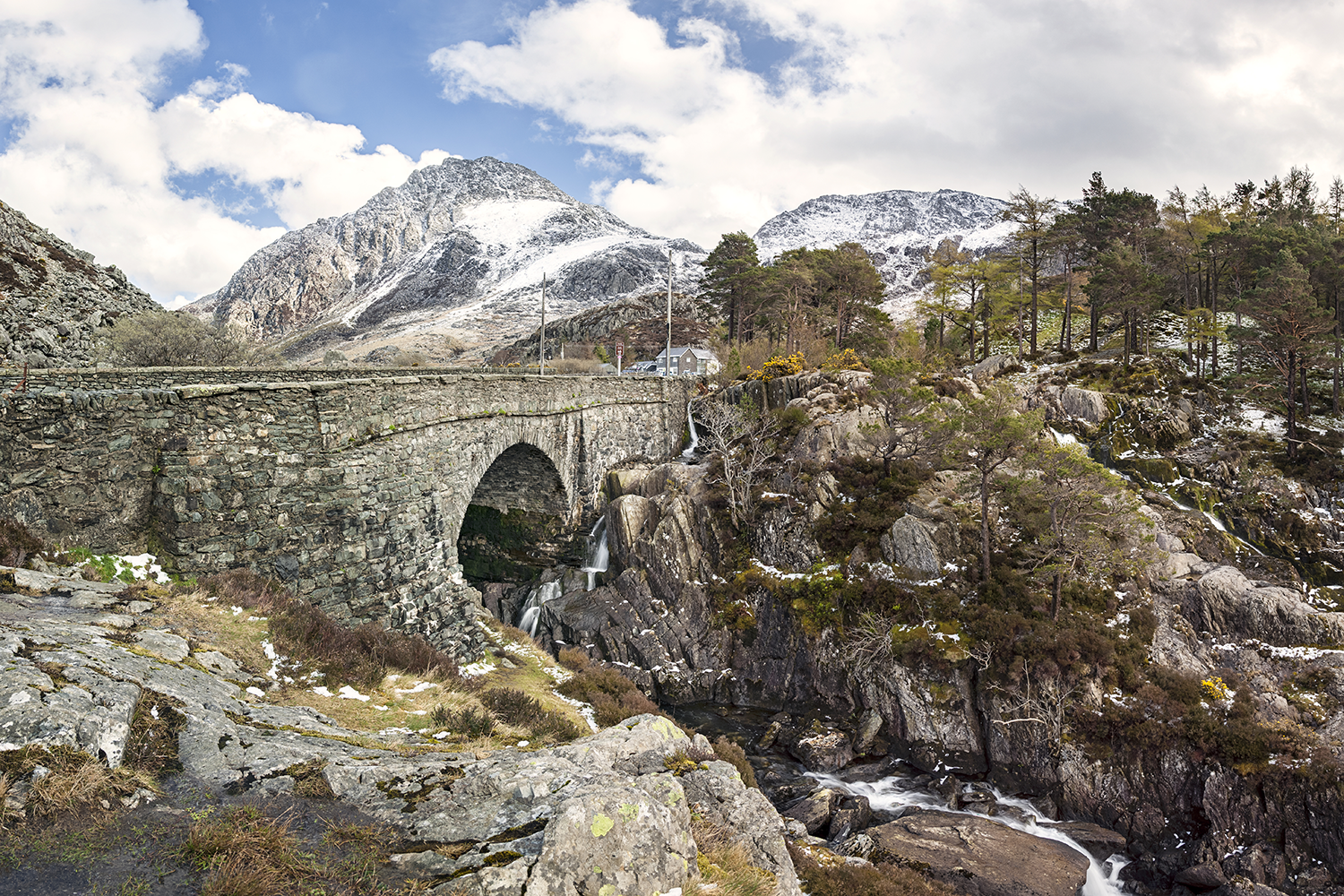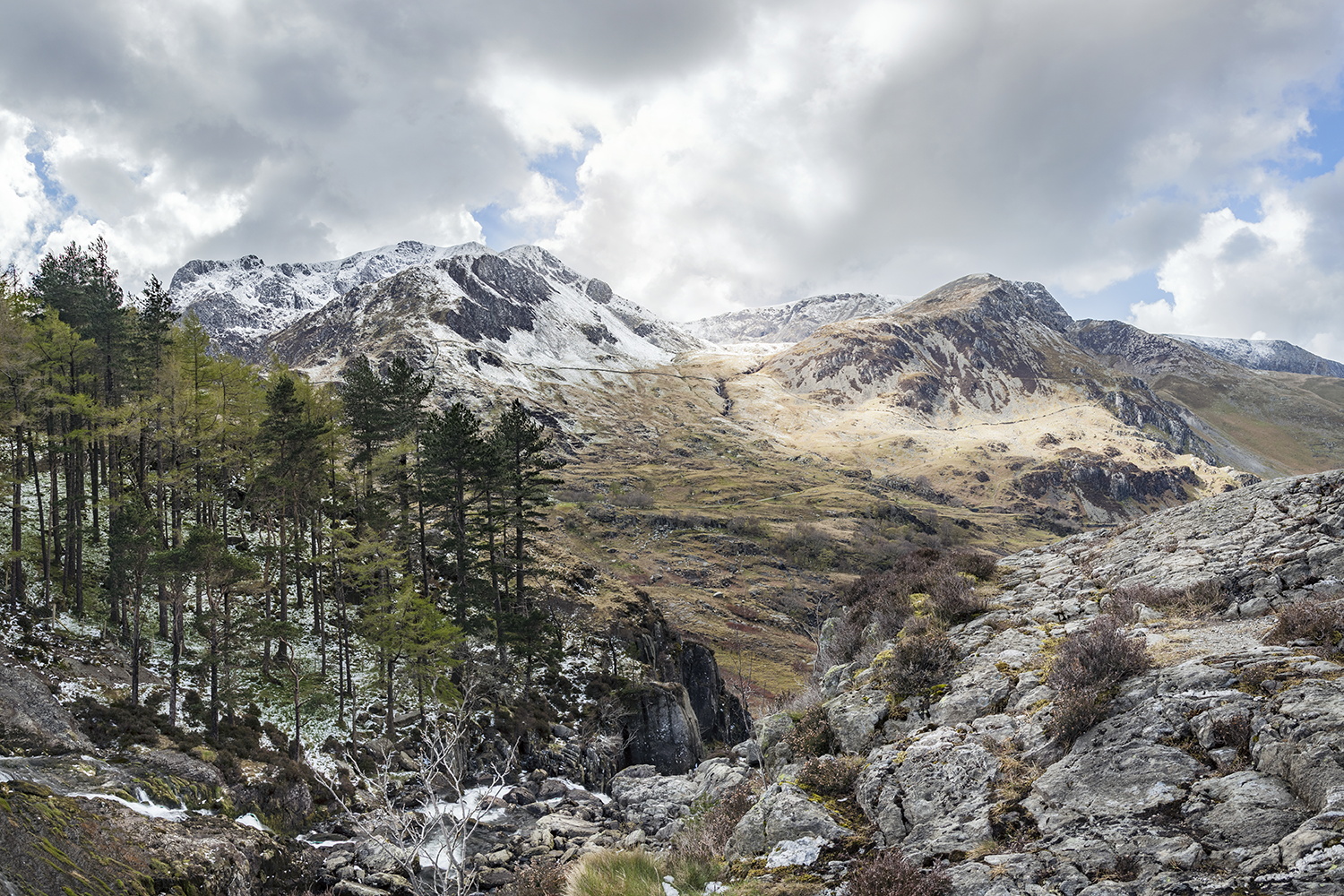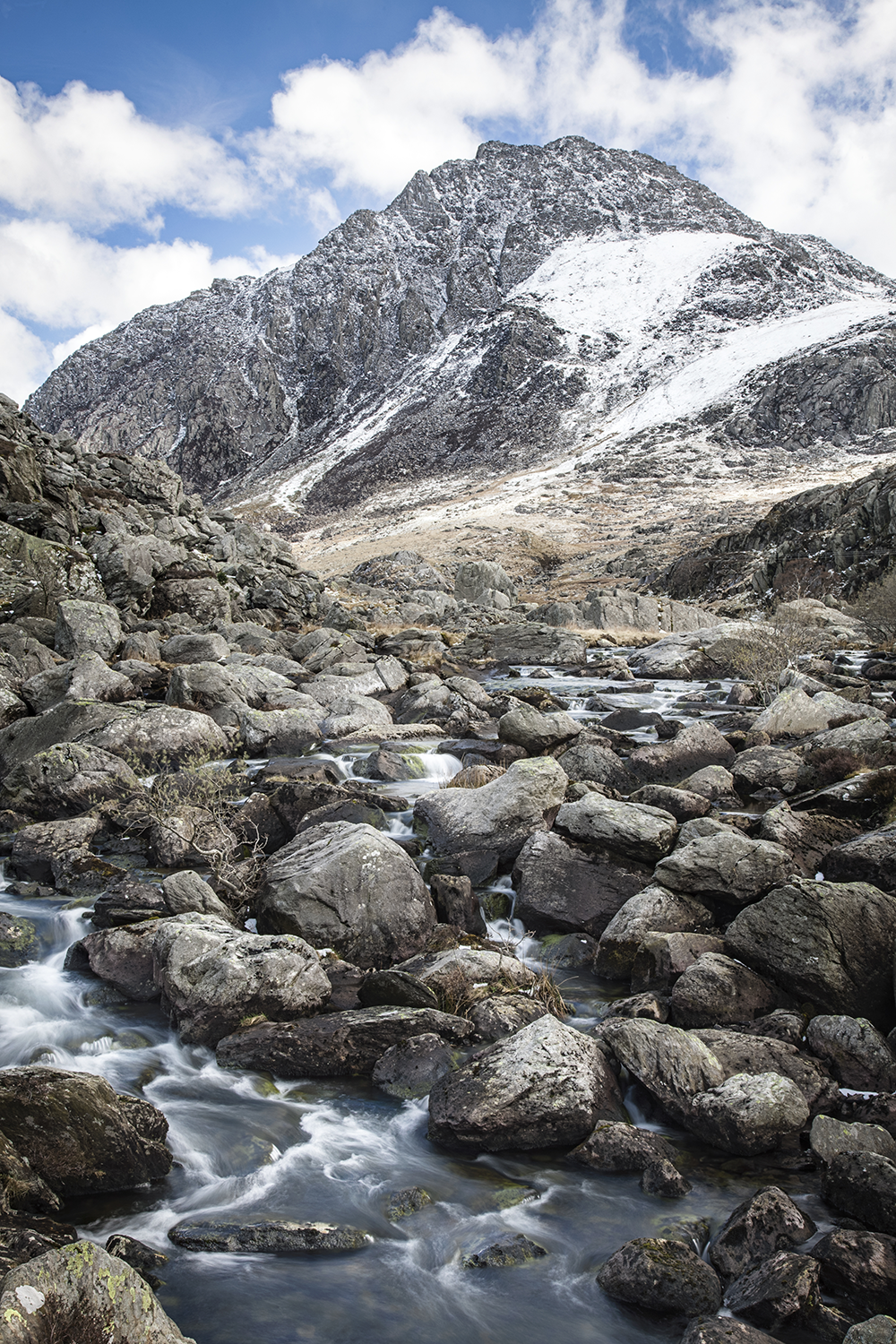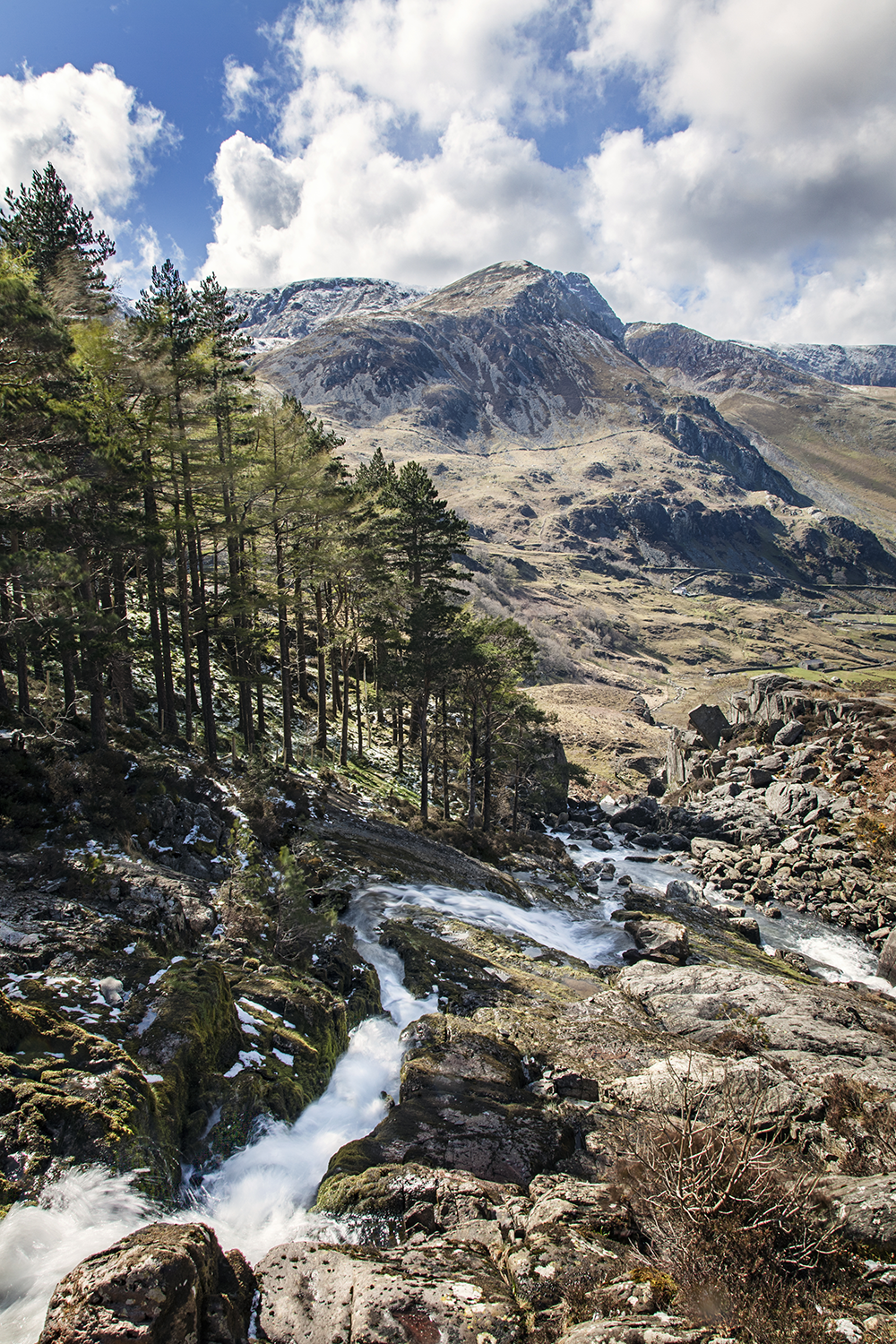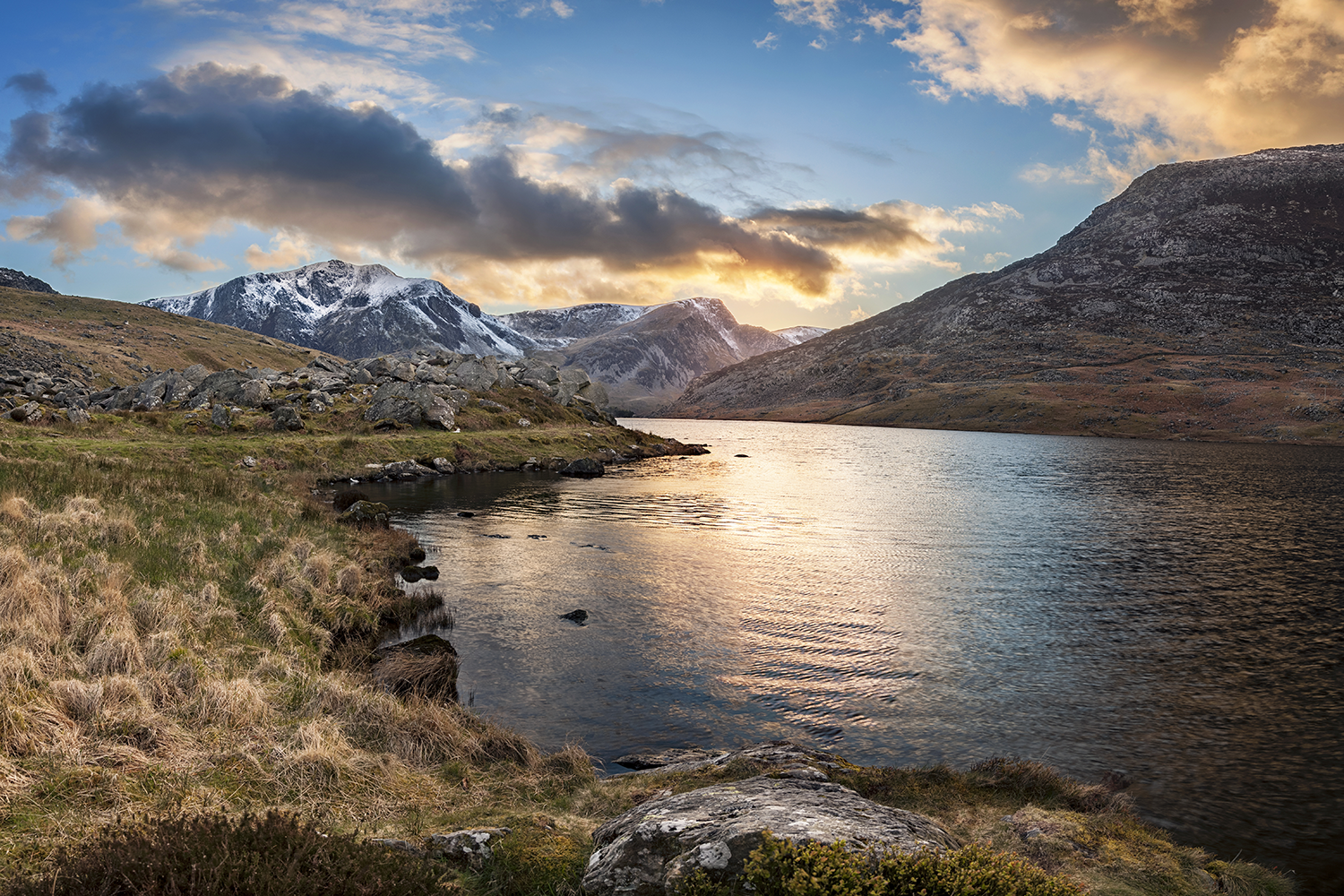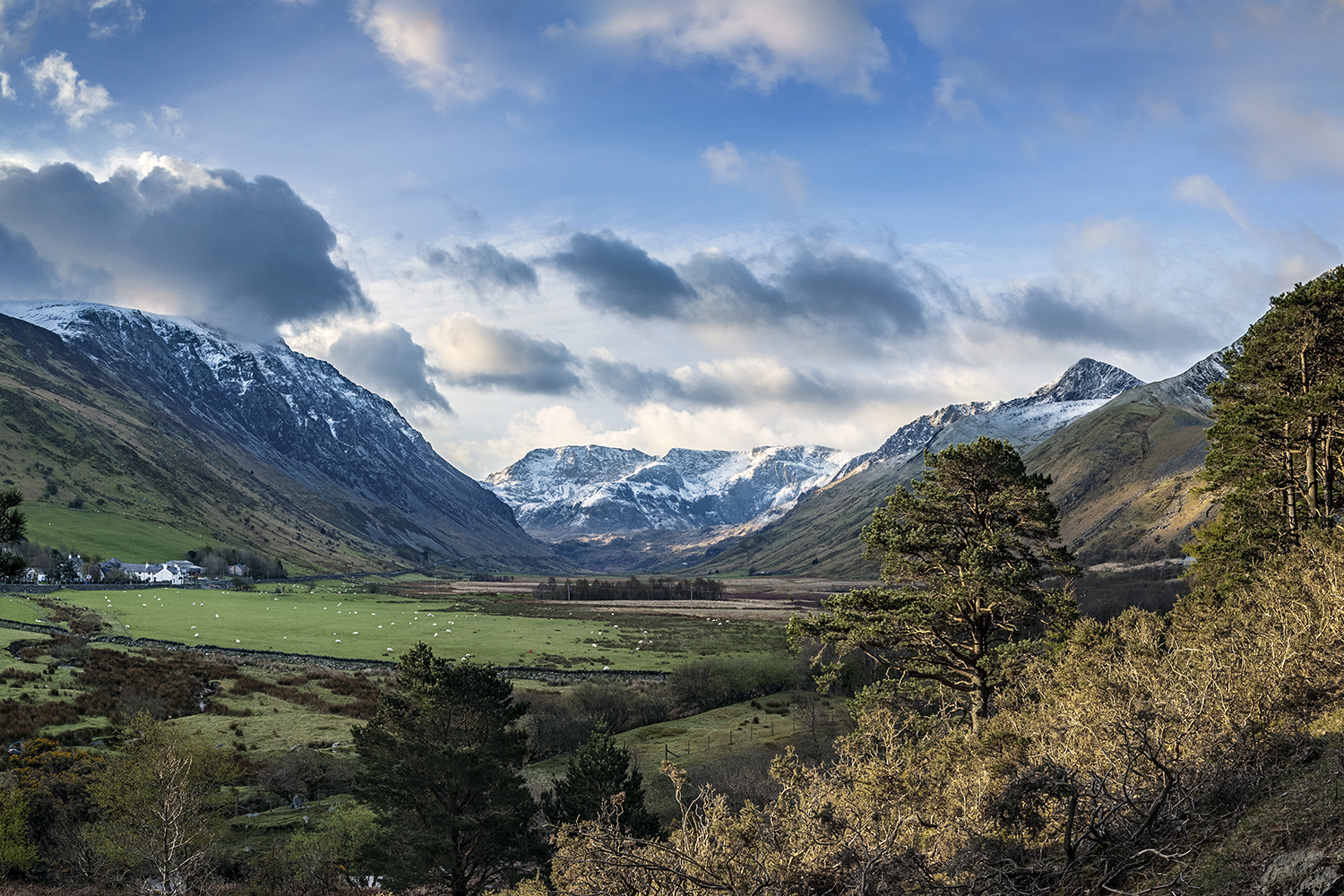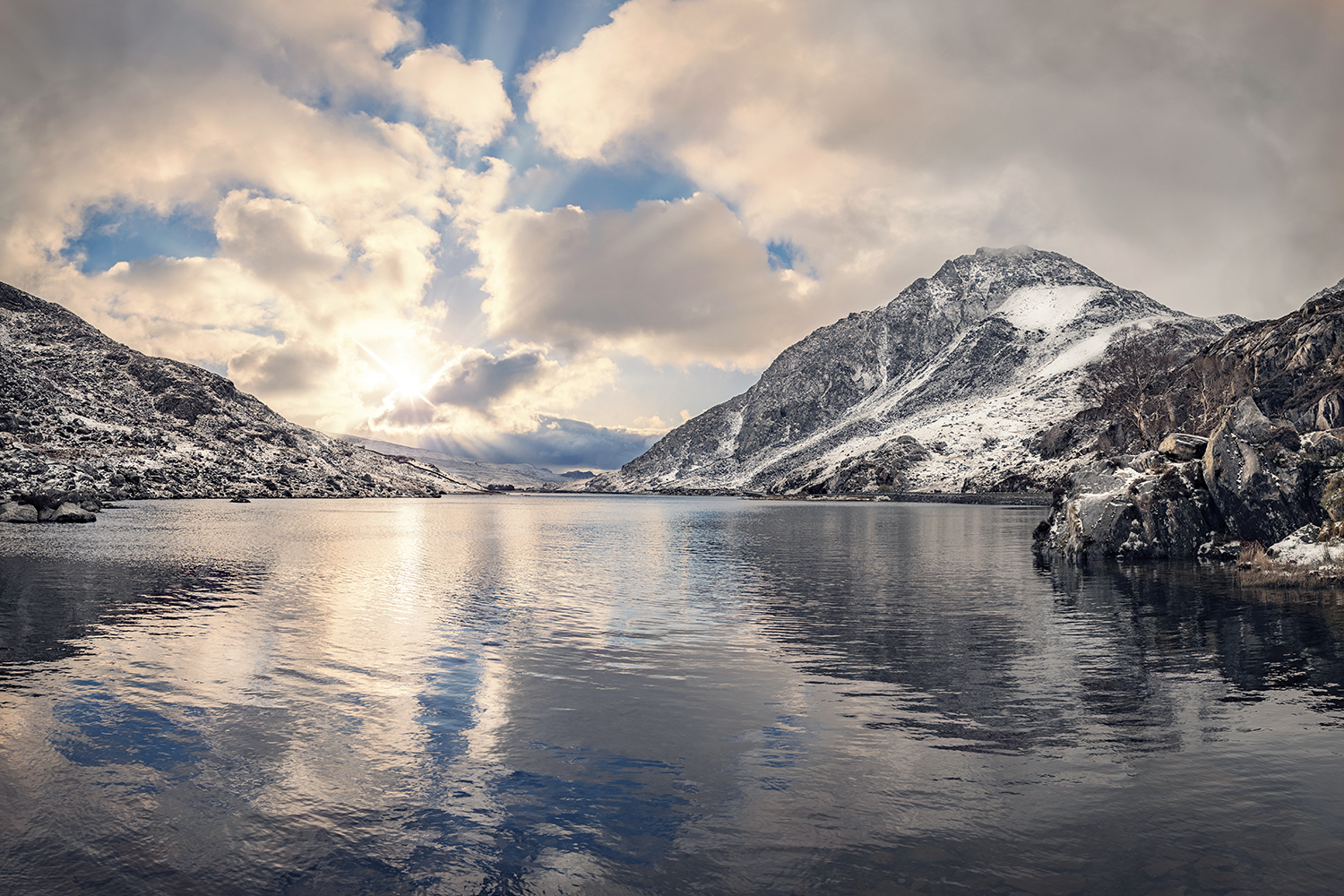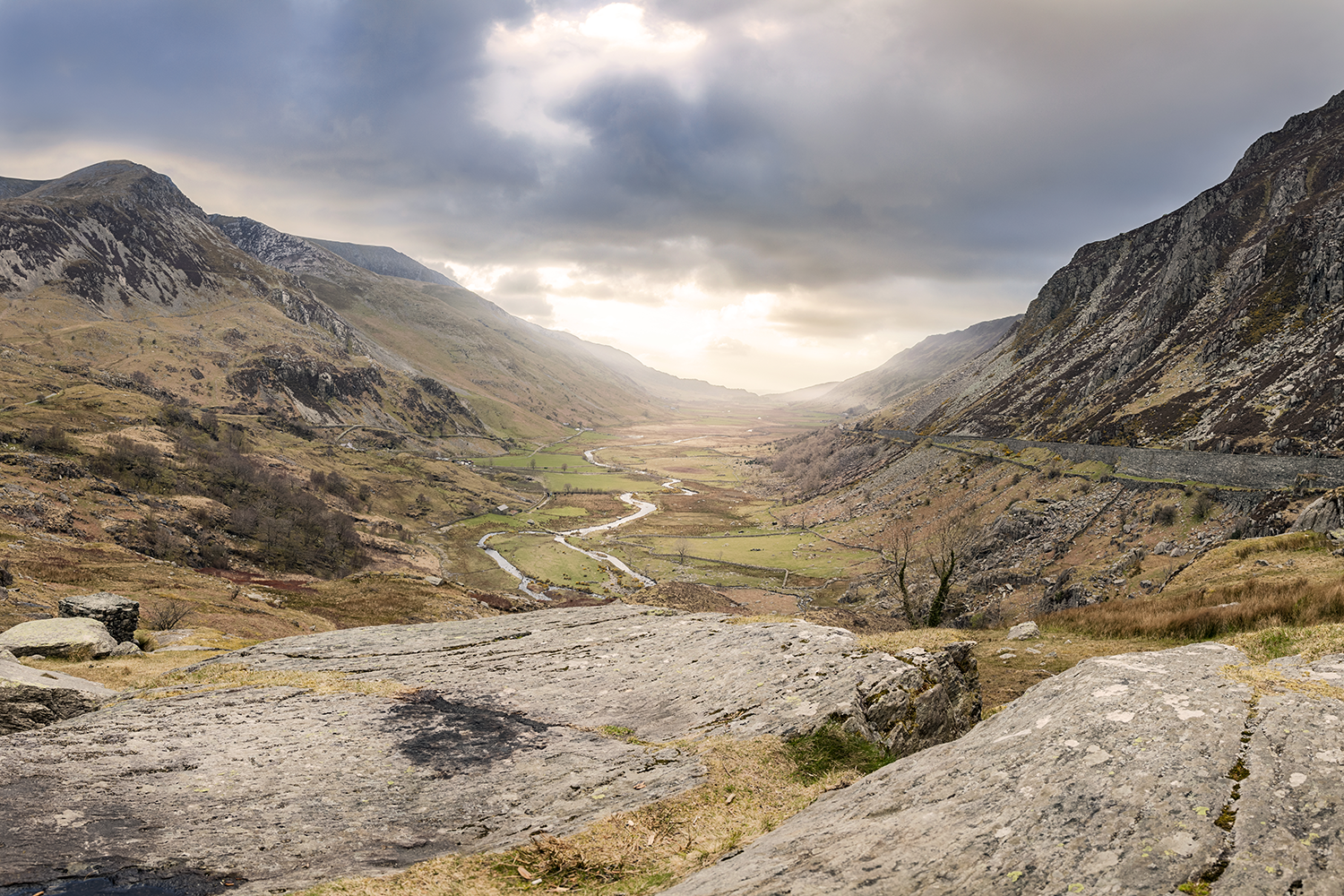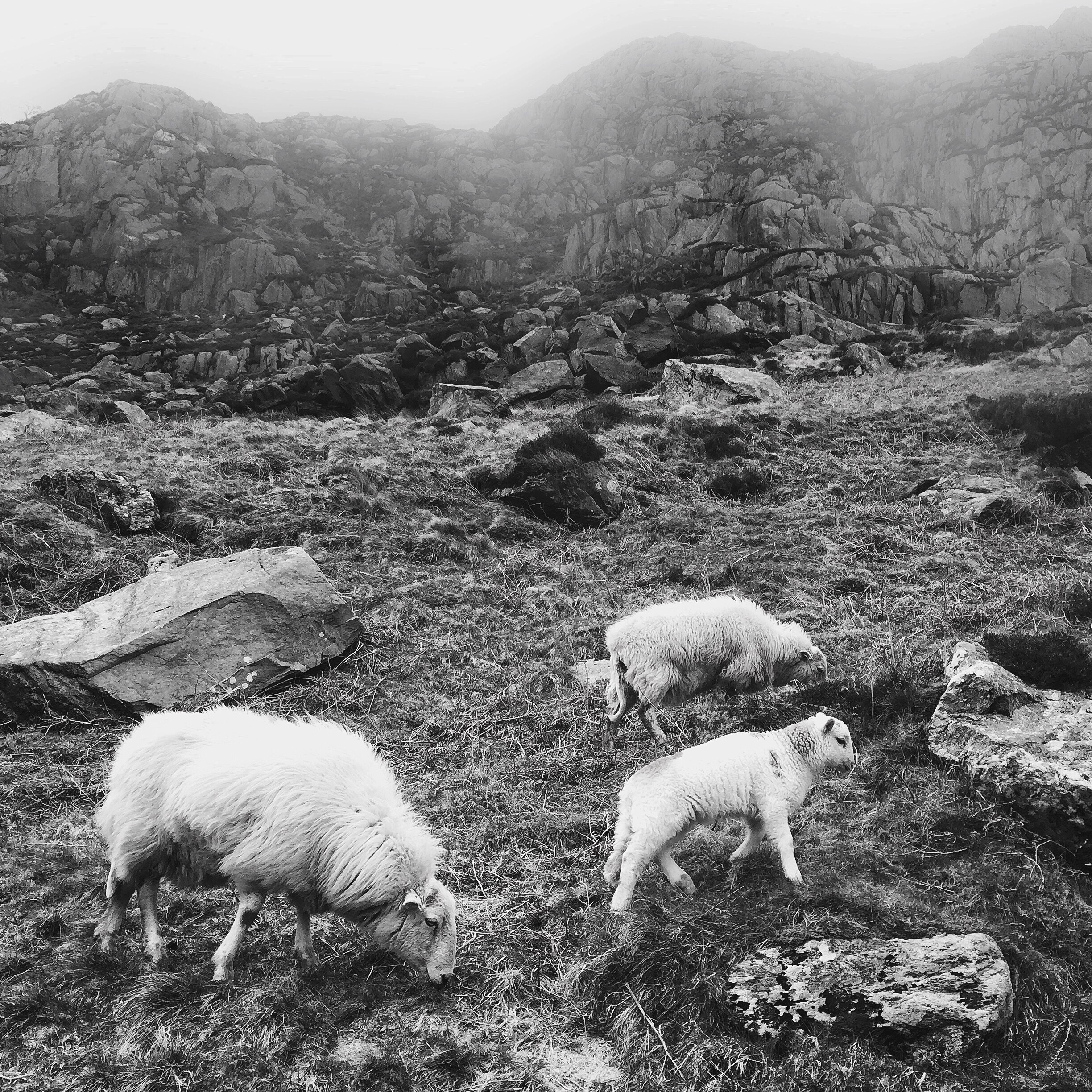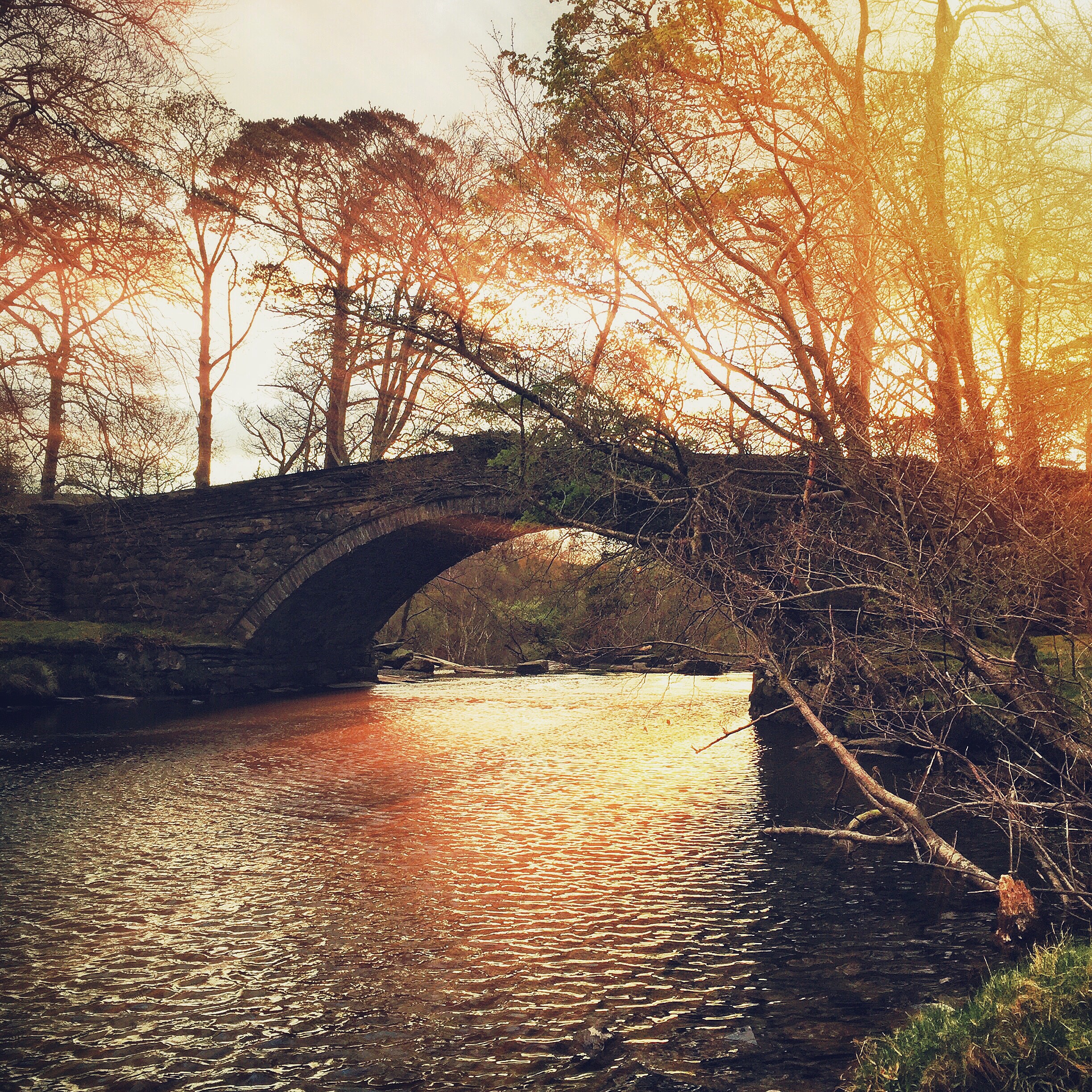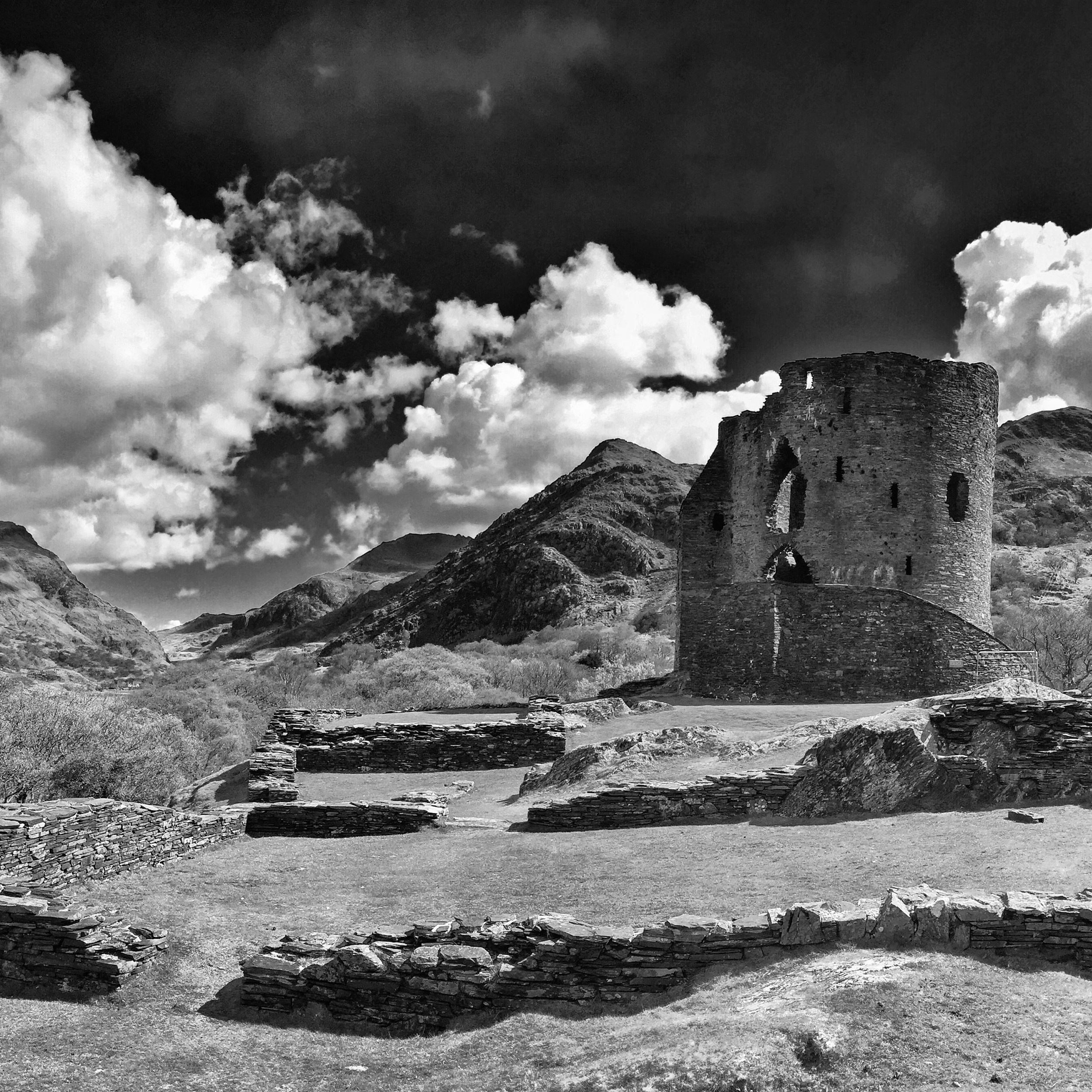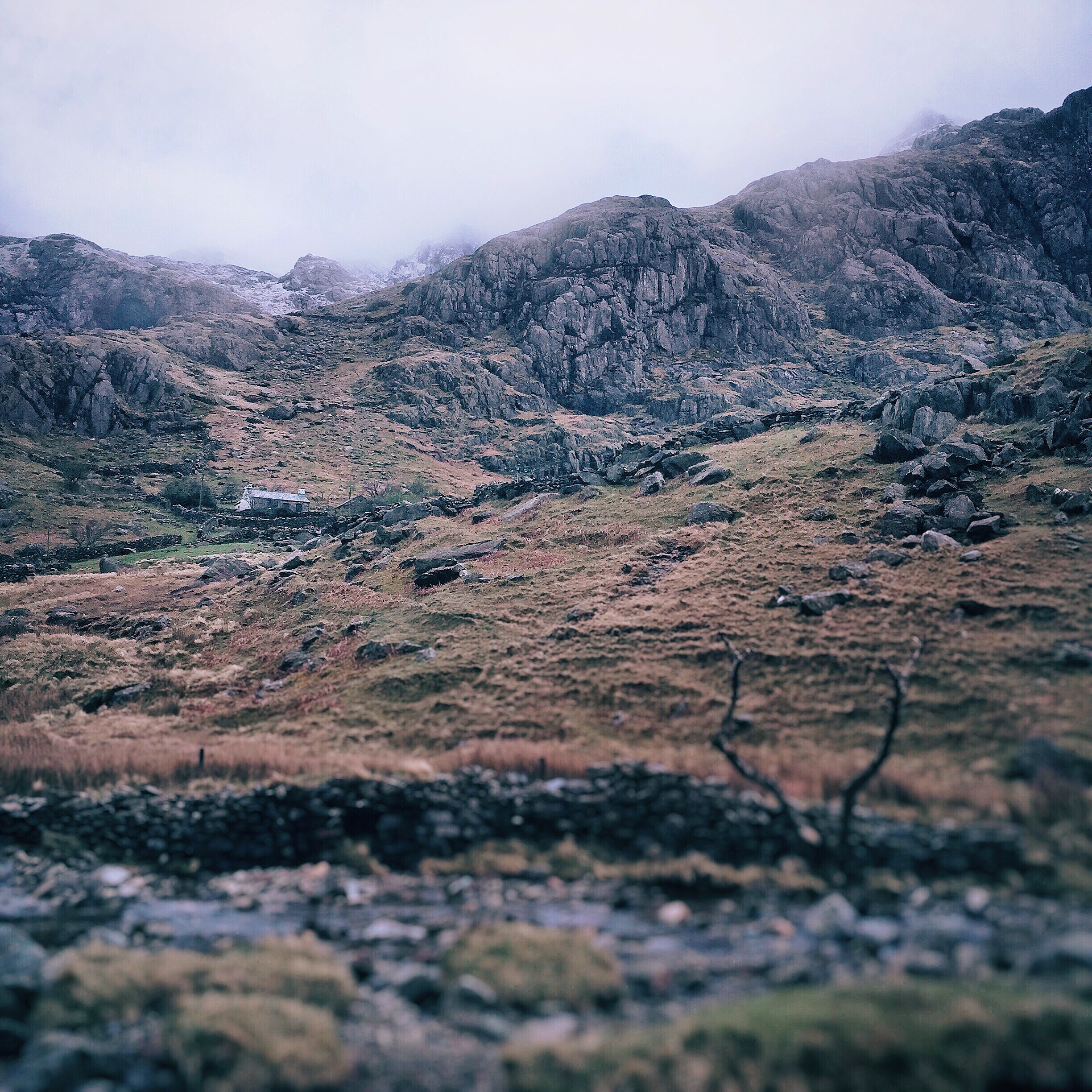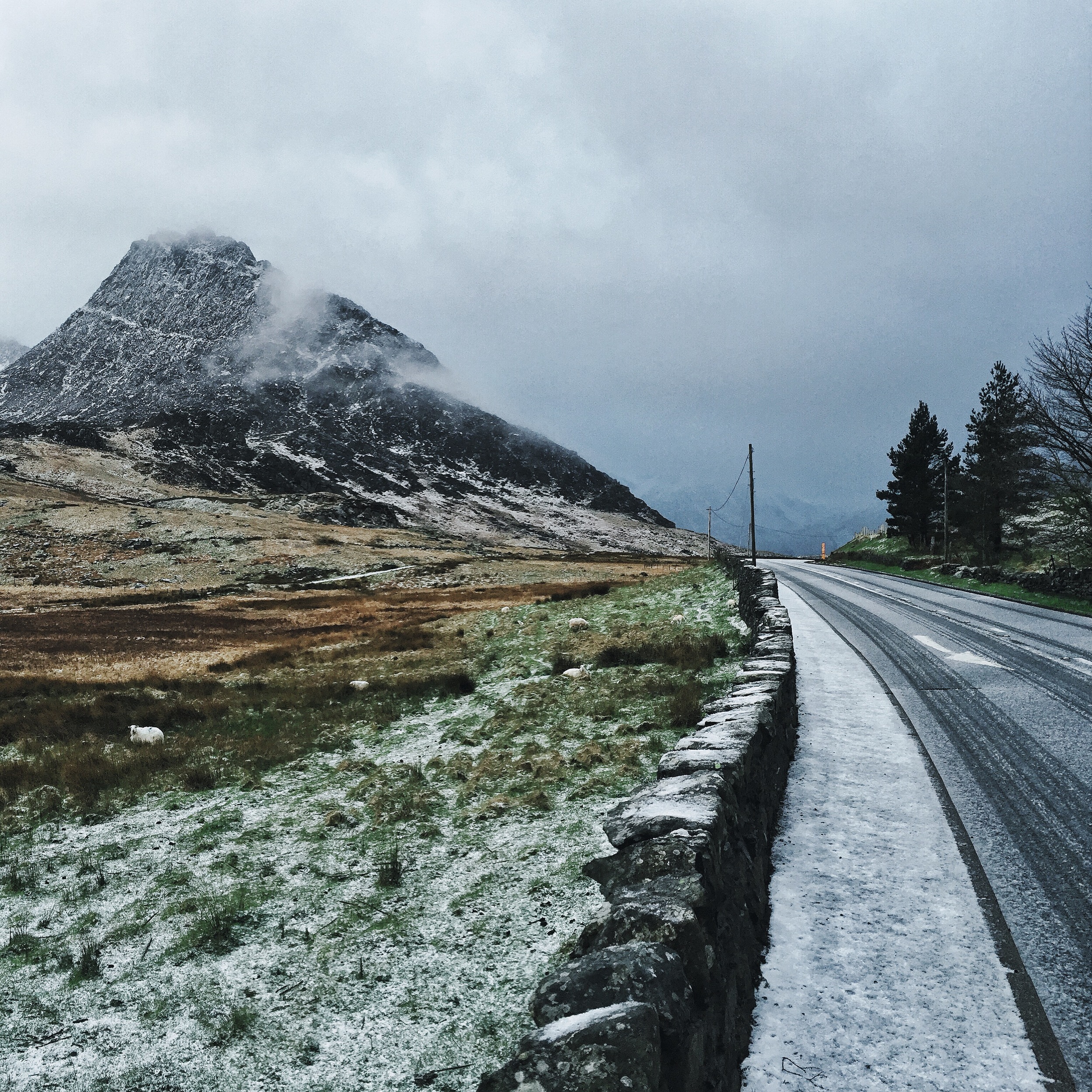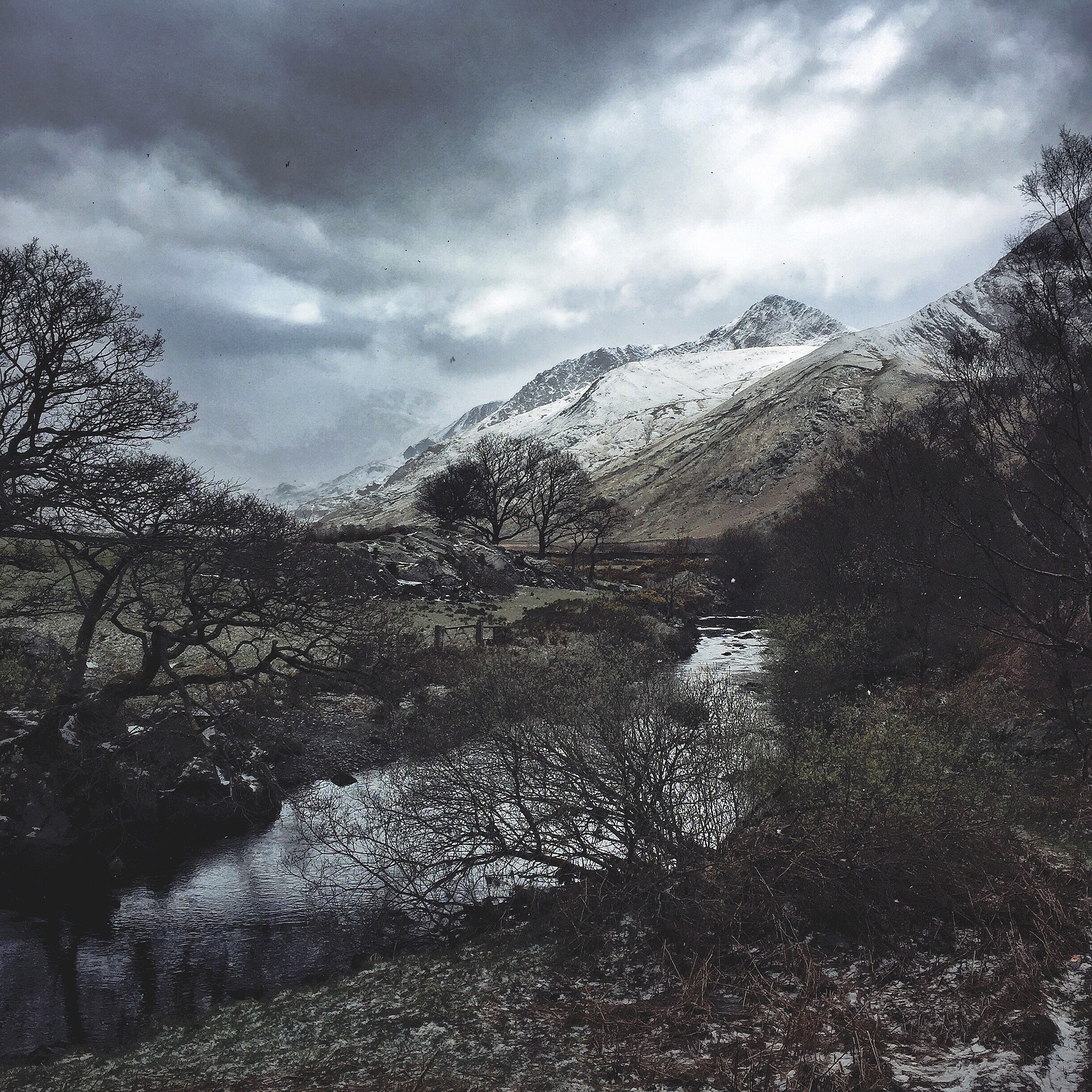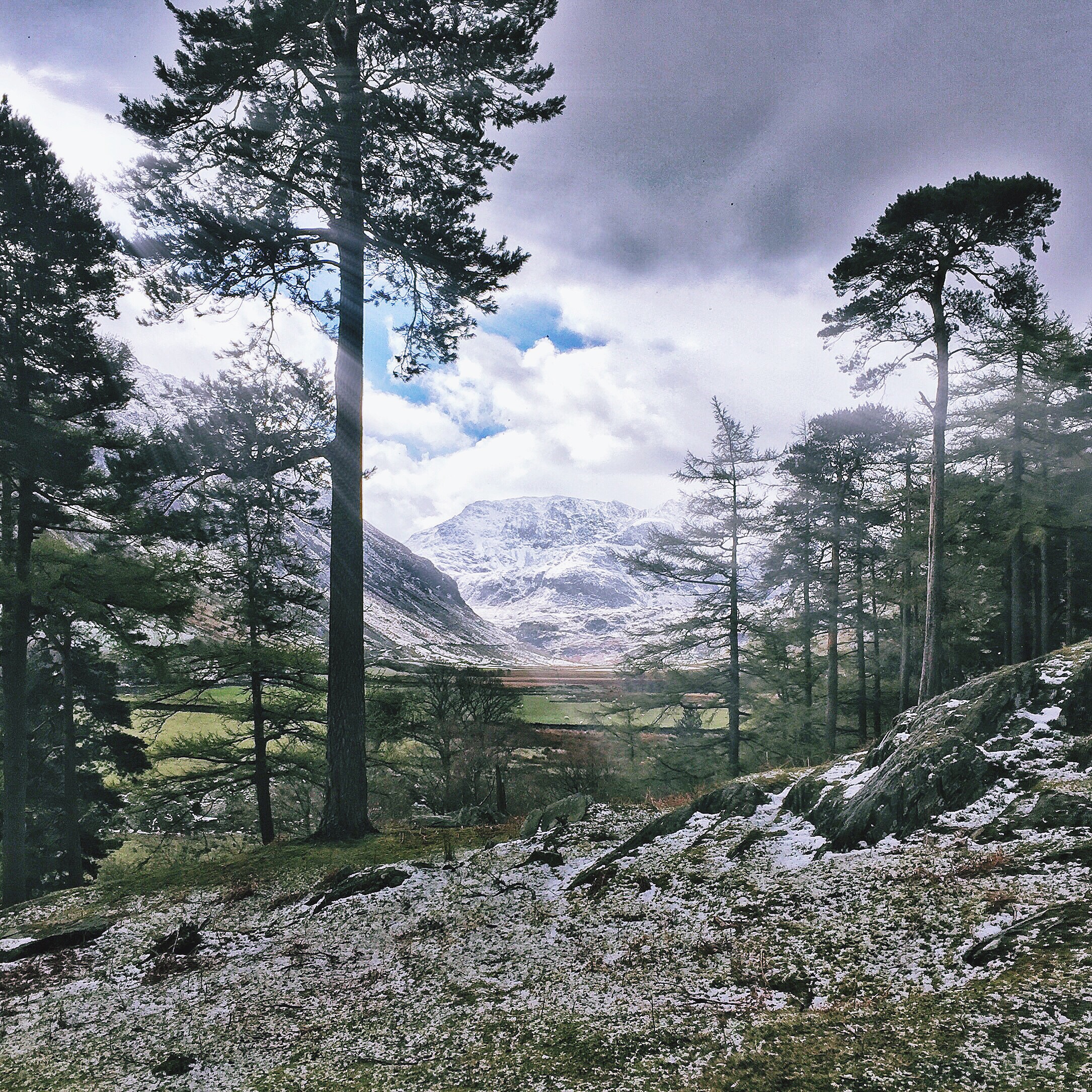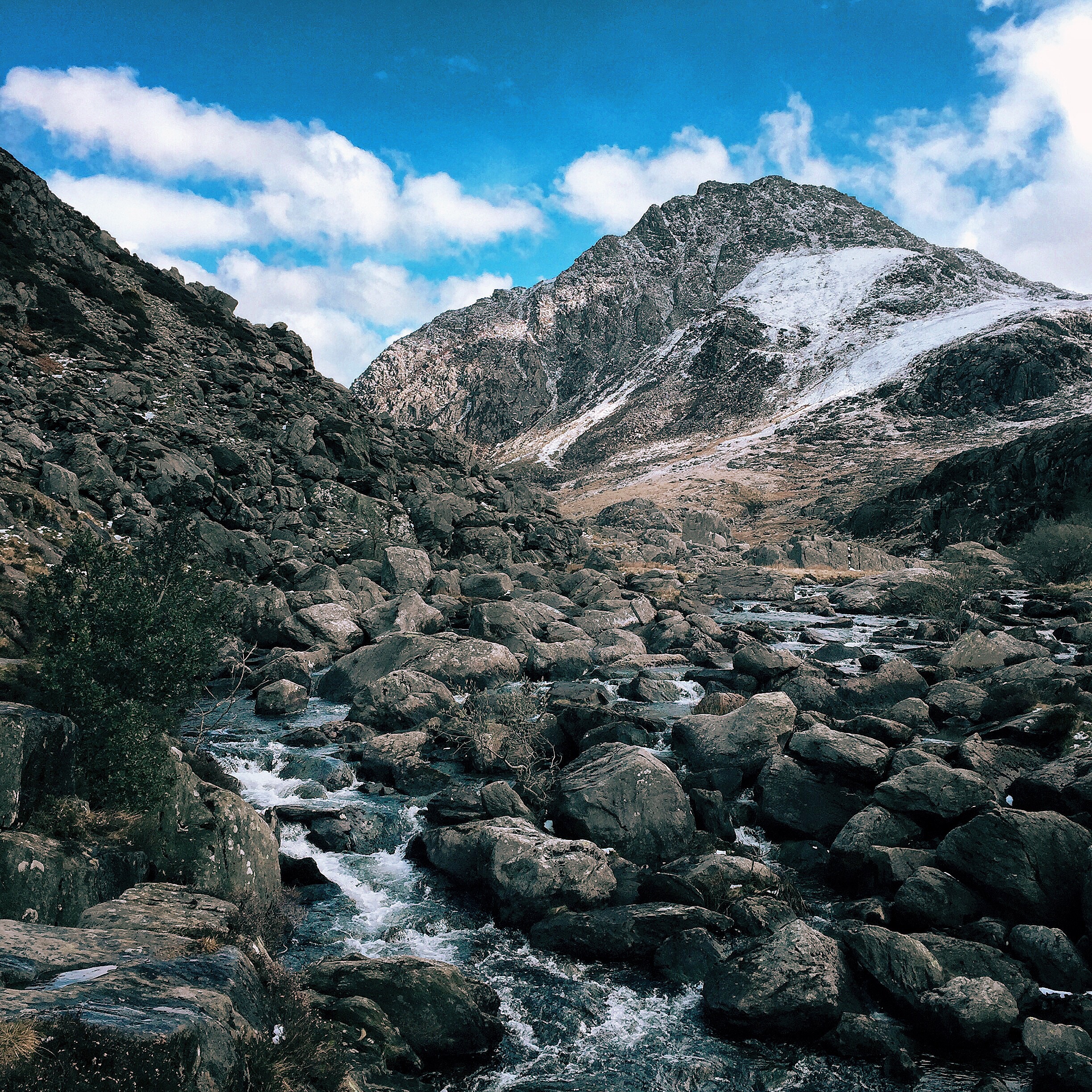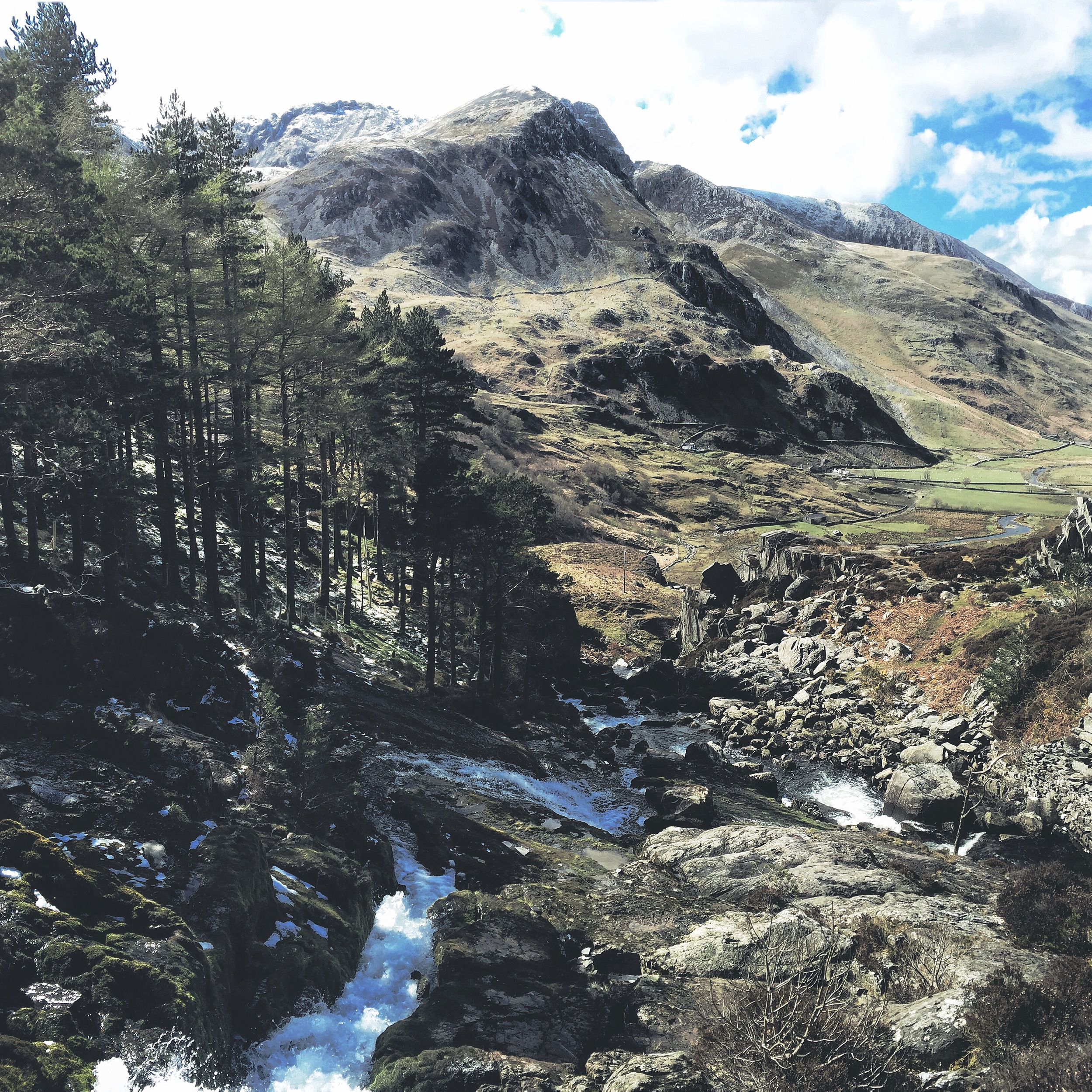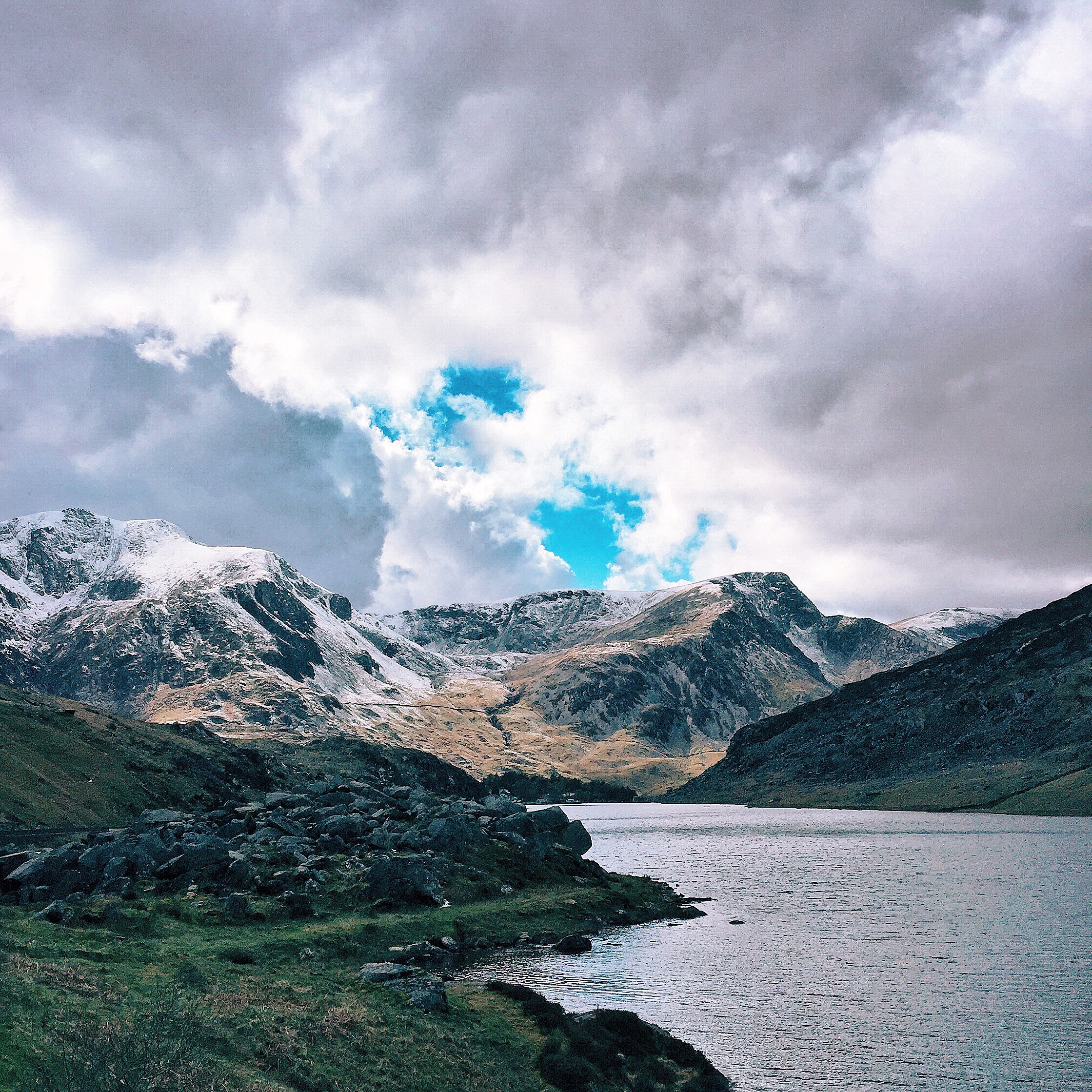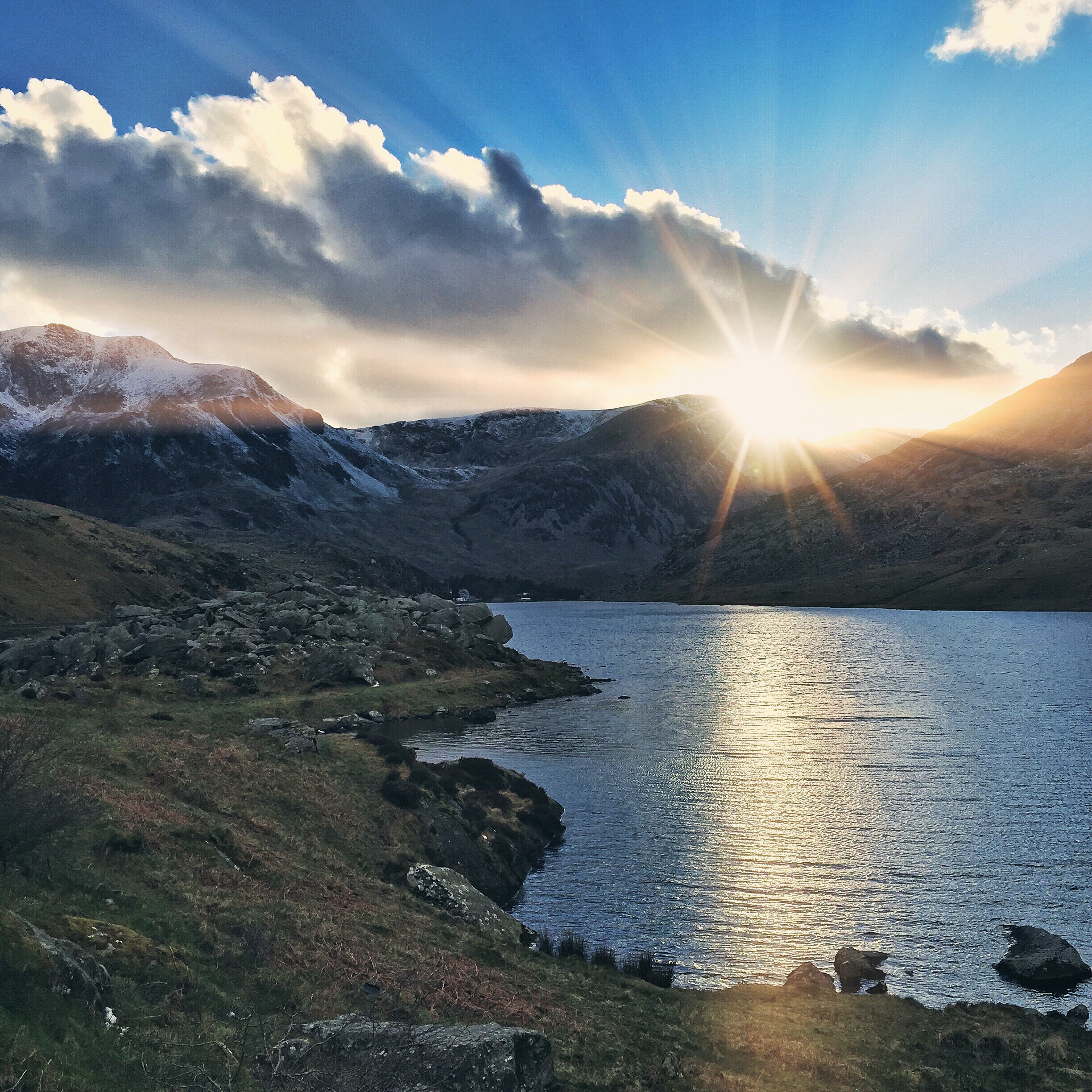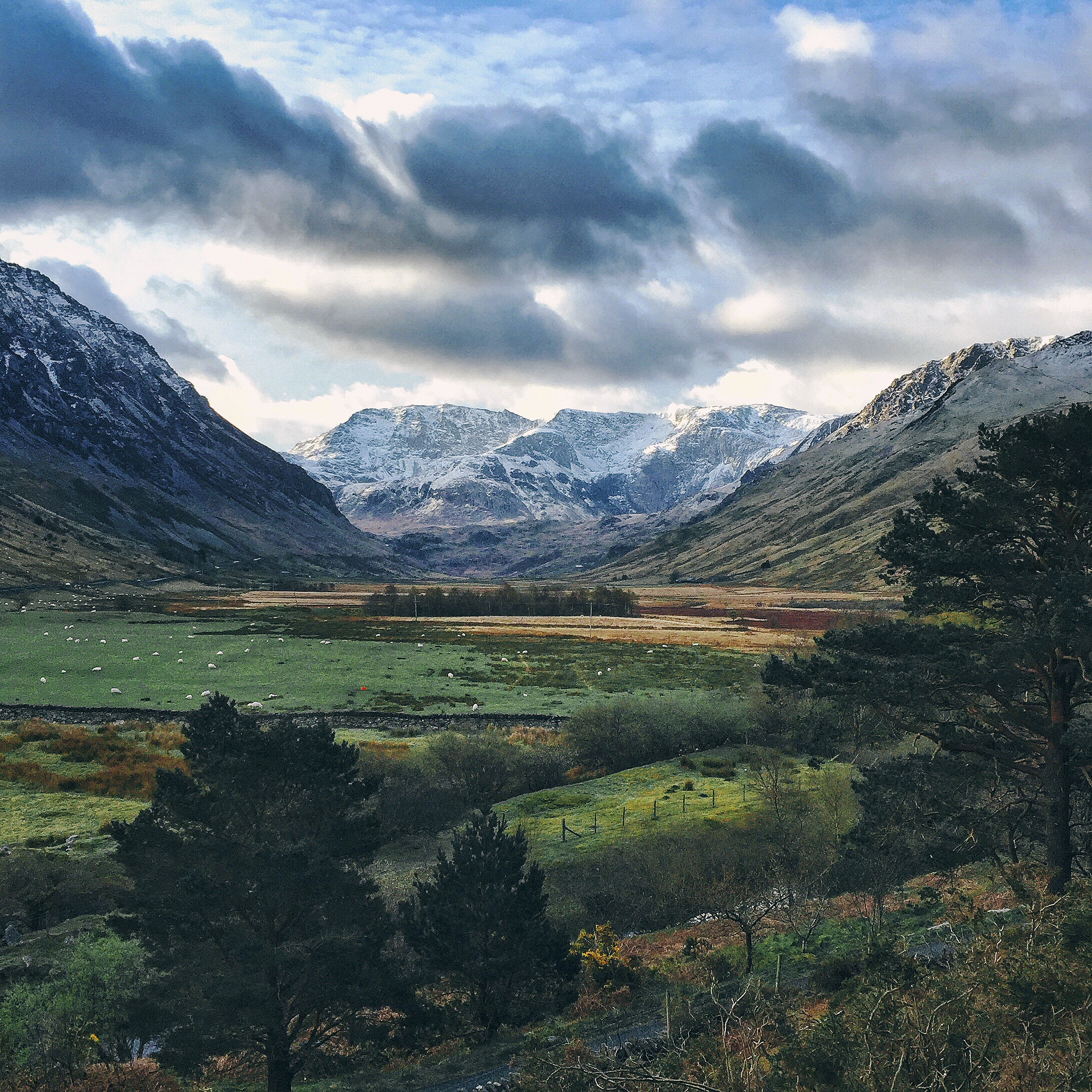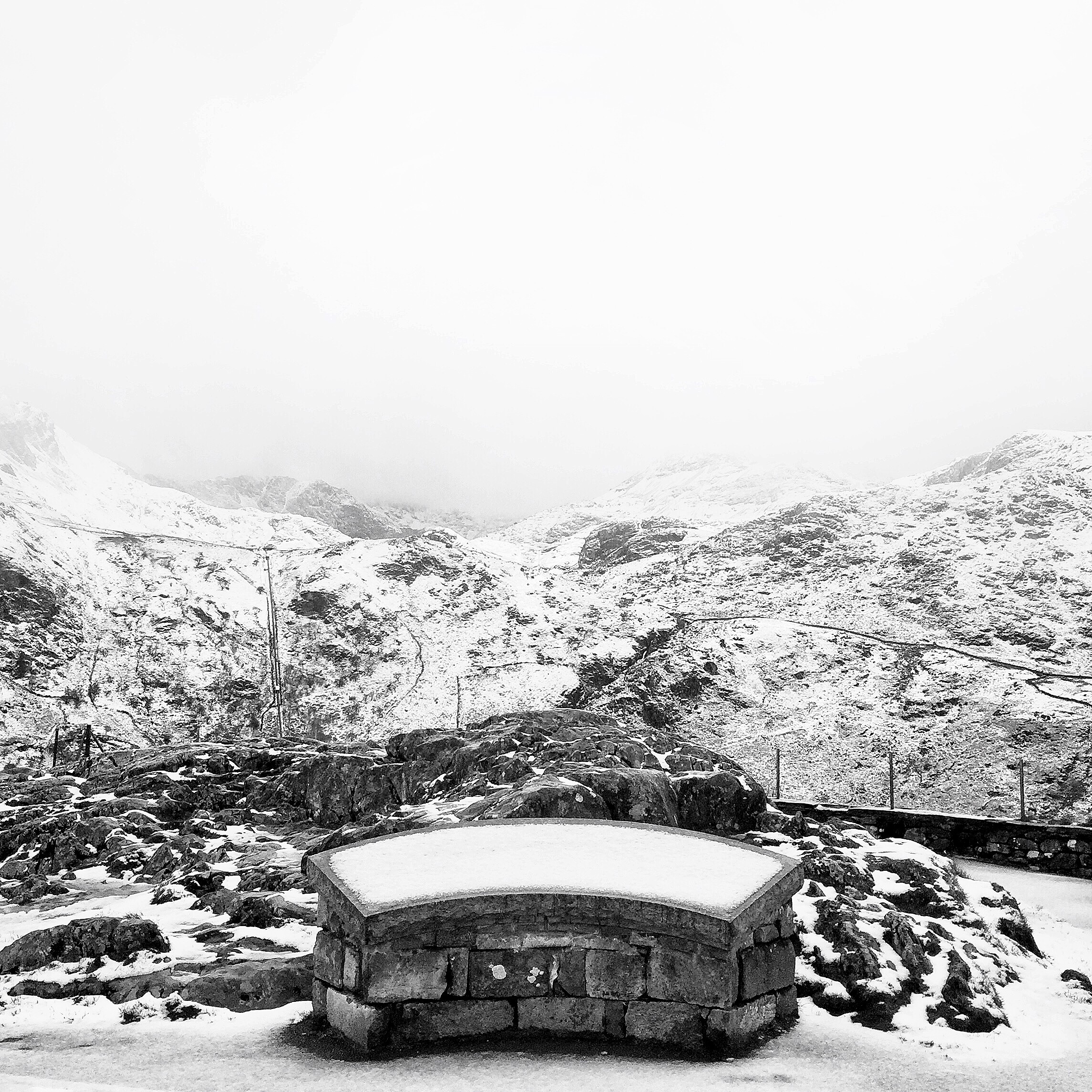Learning to risk again: A Landscape Photography Trip
Last week I packed my bags and headed off for a few days to Snowdonia in Wales. The idea was to just leave and shoot something completely different, outside my comfort zone, to keep photography fresh for myself and take it out of the daily grind. There was no guarantee the trip wouldn't be a waste as I'm not a professional landscape photographer by any means, but I think the best creativity will always come out when you are taking risks.
When I got home I edited together this little road trip movie / photography tutorial from the journey with some of the things I learnt, so I'll shut up now and let the video speak for itself:)
I hope you enjoy:
Here's a gallery of some of images I ended up with:
...and this is a selection of images I shot and edited on the iPhone 6 Plus while I was running around up there (editing apps used were Snapseed, Darkroom, Lens Distortions, Rays and Instagram):
Your turn.
A Blackmagical Weekend
I received a slightly vague phone call recently.
To be fair I was in a bus full of noisy crew on the way to a location scout, so I was struggling to hear, but from what I could make out, a company with whom I was fairly familiar, called Blackmagic Design, had identified a number of photographers, who also practiced the dark arts of videography. The friendly guy on the other end of the line told me that they liked our respective work, and that they wanted to take us away for a weekend to the Lake District.
No arm twisting required there.
So mid last week I received a nice parcel with first class train tickets and, joy of joys, some free gear.
So, come Sunday lunchtime, I boarded Virgin's high speed Train bound for the Lake District. As we sped up the spine of the country, with all four seasons raging outside the windows, I have to admit to wondering what this was all really about, and was still wondering as we pulled into a snow covered Oxenholme Station.
Why were they spending money on us like this? Why the free stuff? Why the fancy weekend away? Why take so much time out of their schedules?
I unpacked in a very comfortable room and made my way down for drinks in the bar to discover that they had selected 9 of us in total, and brought along 11 of their staff to give us maximum individual attention, and be able to answer any questions we may have over the coming days, whether it be about their cameras, their software, or even just if we wanted to nerd out about photography and filming in general.
I find this sort of interaction so invigorating. Being a photographer is often quite a solitary job and it's great to feel part of a broader community, even just for a few days.
The basic outline of our time spent together was as follows:
1st Session: Introductions, with each of the nine of us invitees being given the opportunity to talk a bit about what we do. This included sharing one of our images which had some sort of story behind it, presumably to give a feel for our work and our specific passions.
2nd Session: Film Theory, with tips on how to use camera movement and story telling devices to add a more professional cinematic feel to your shots. We spent some time analysing footage from some of the best films of our generation as well as talking about how to make the transition from photographer to cinematographer.
3rd Session: Technical, with a complete overview of the Blackmagic Pocket Cinema Camera, which we received in the post. I'll will get to my thoughts on it specifically in a mo.
4th Session: Shooting, where we were split into two groups, with each group being given two actors. We then took it in turns within the group to shoot and direct scenes, which we had to devise on the spot. Here are a few shots taken by the Blackmagic guys of us 'hard at work':
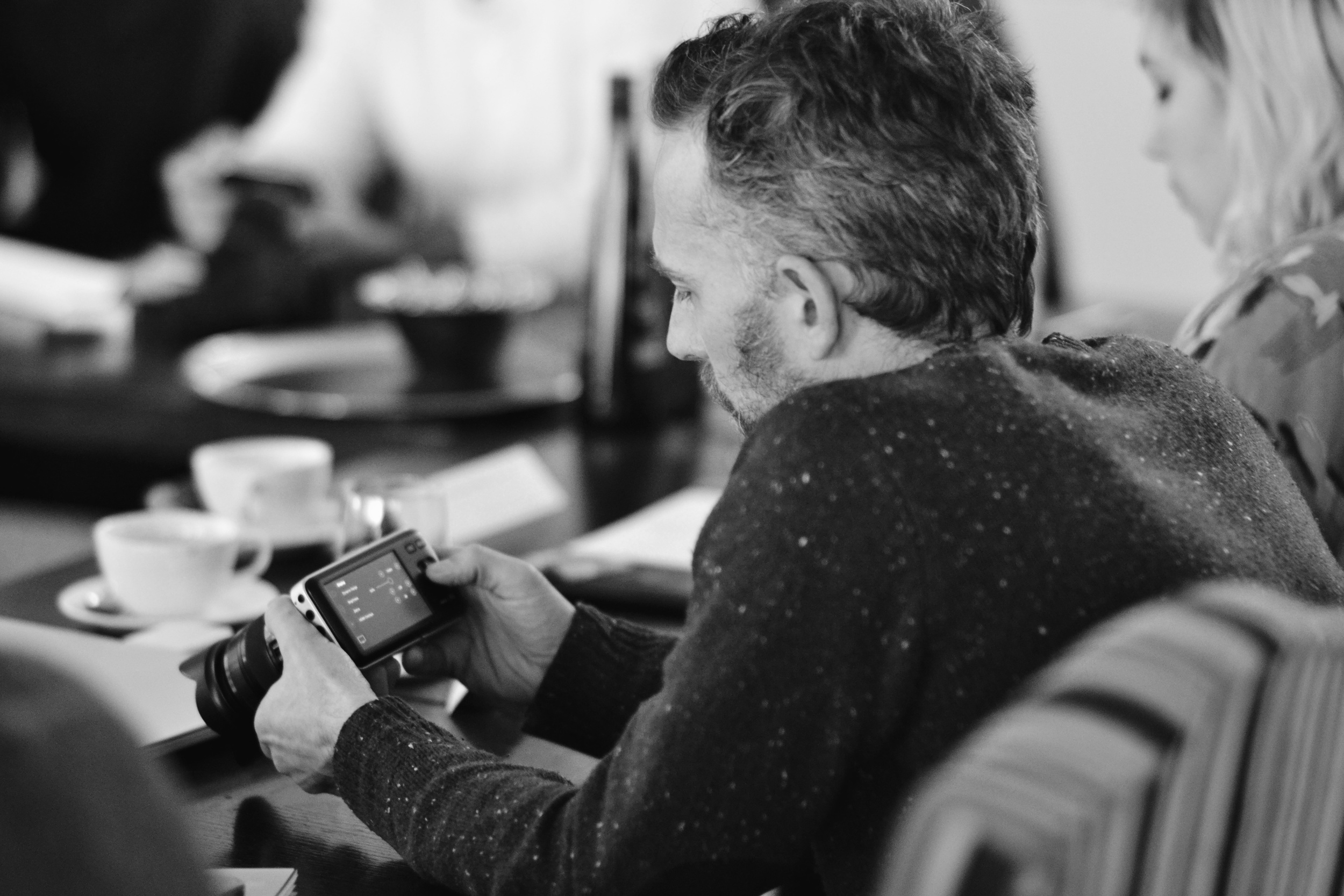
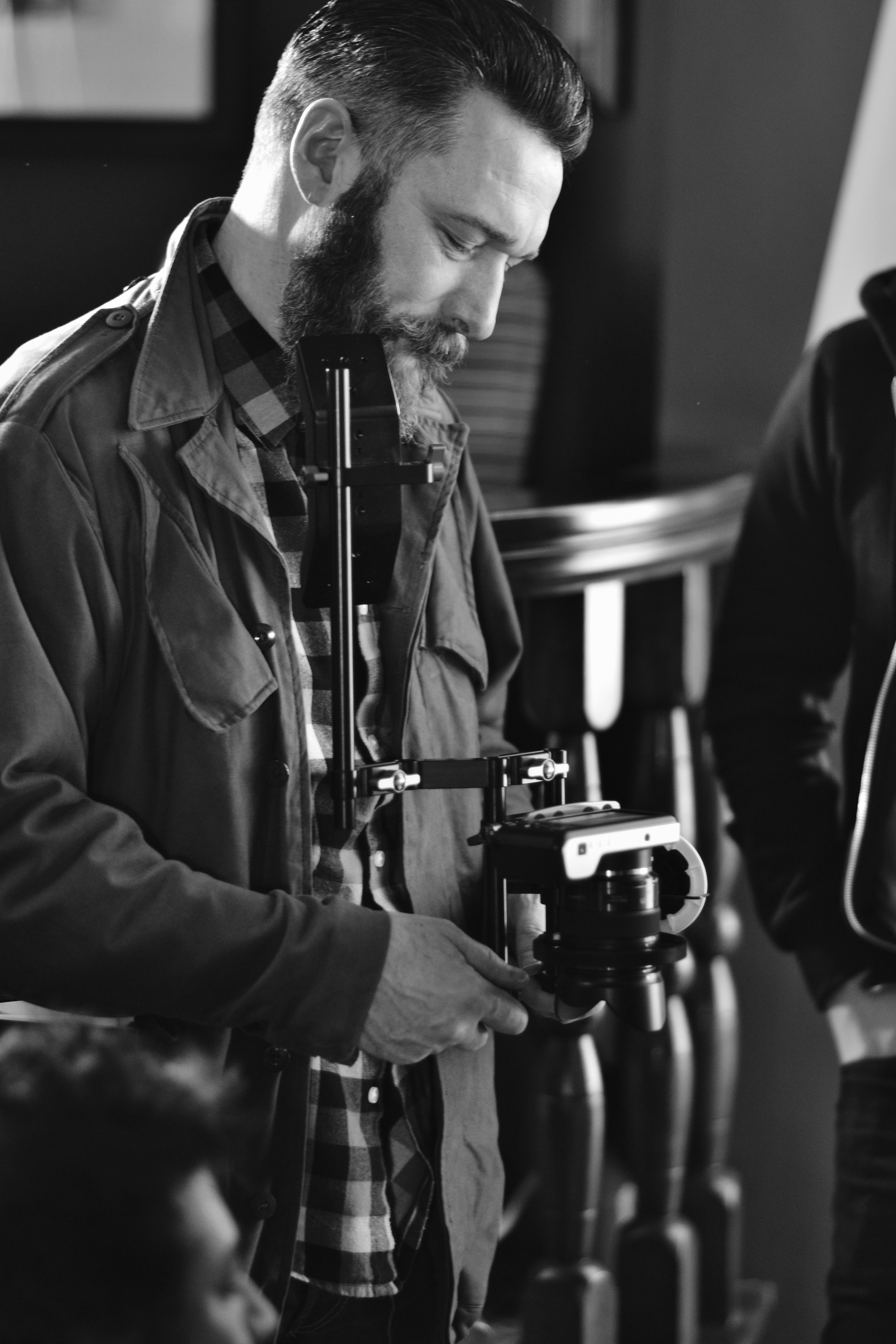

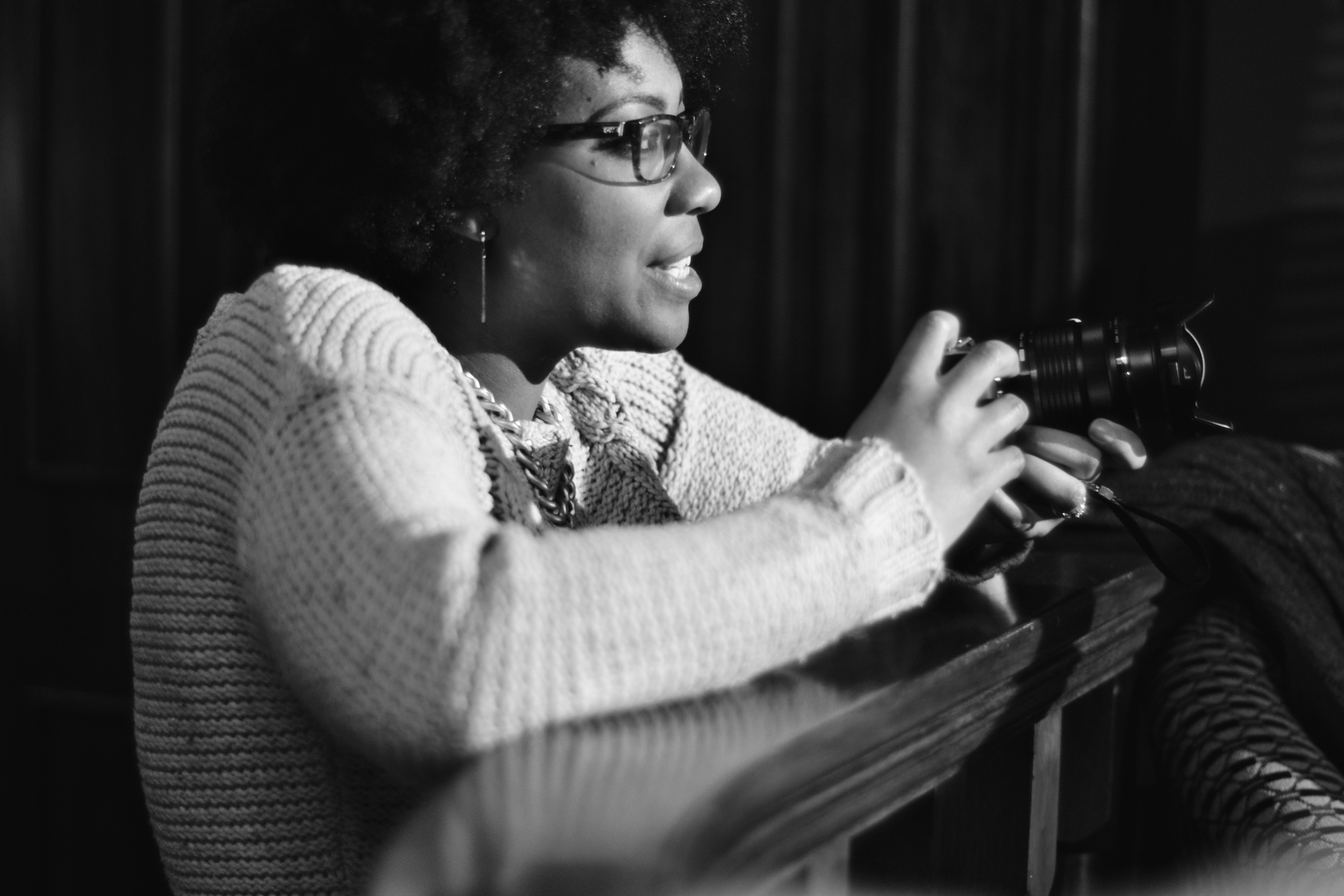
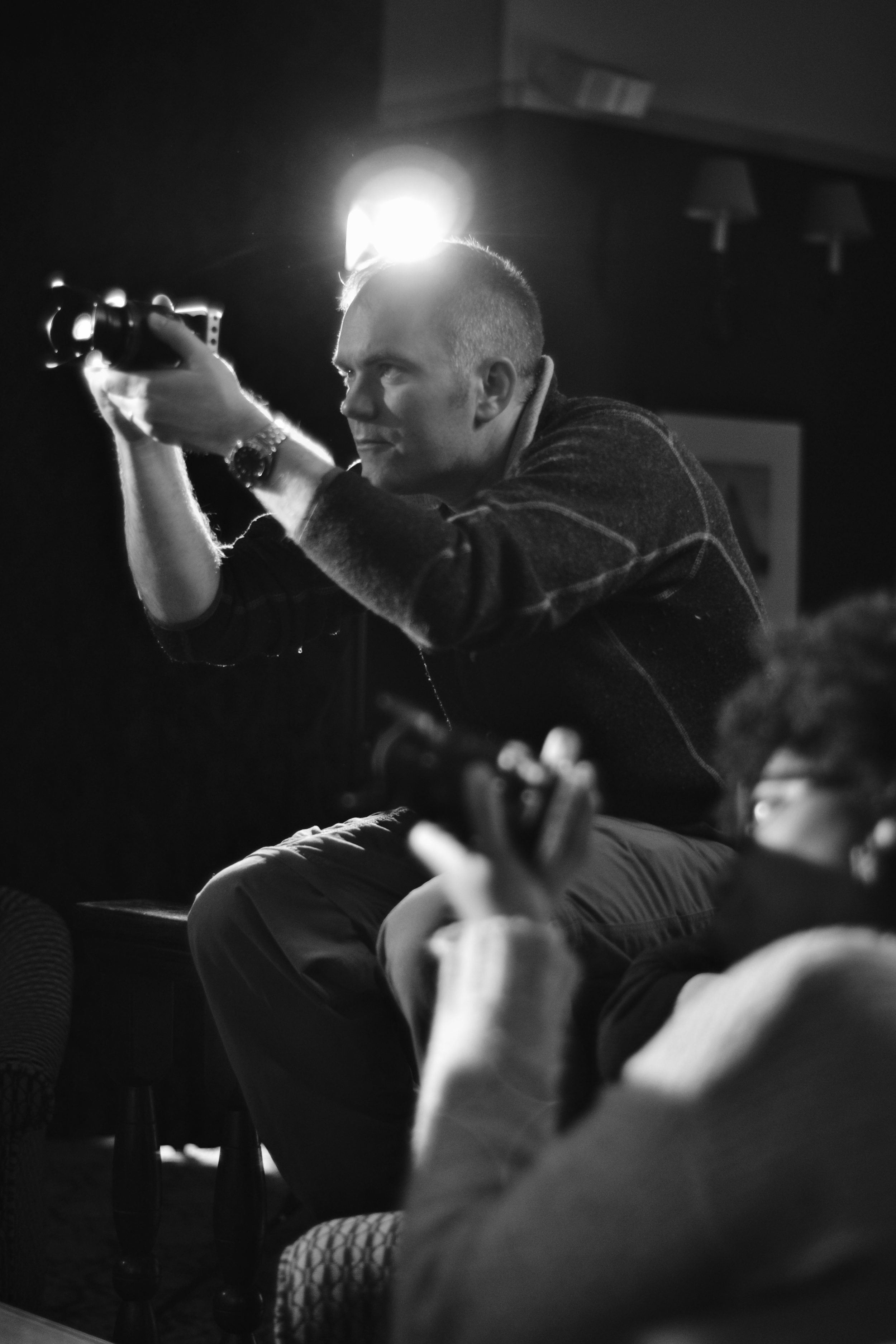
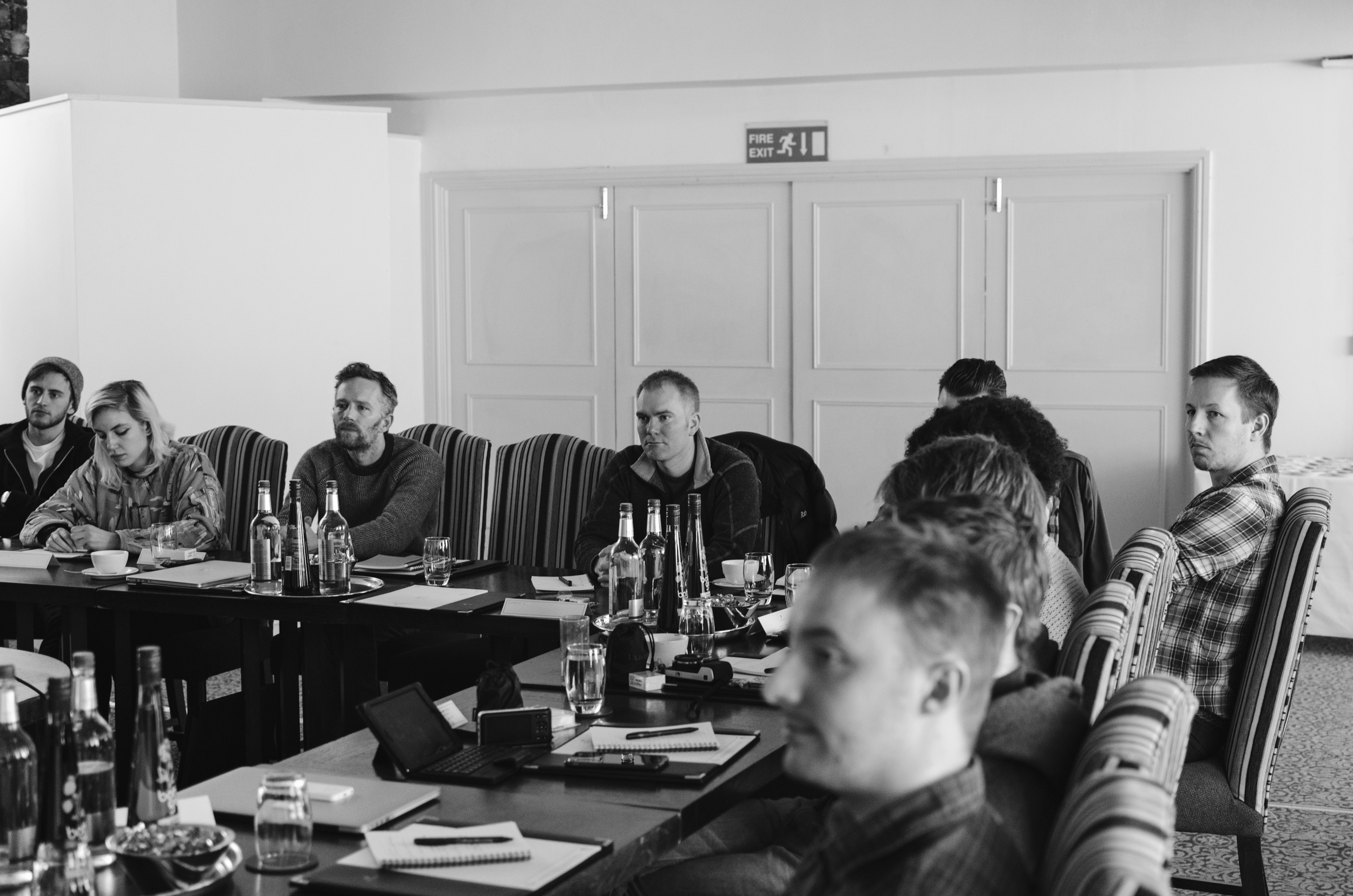
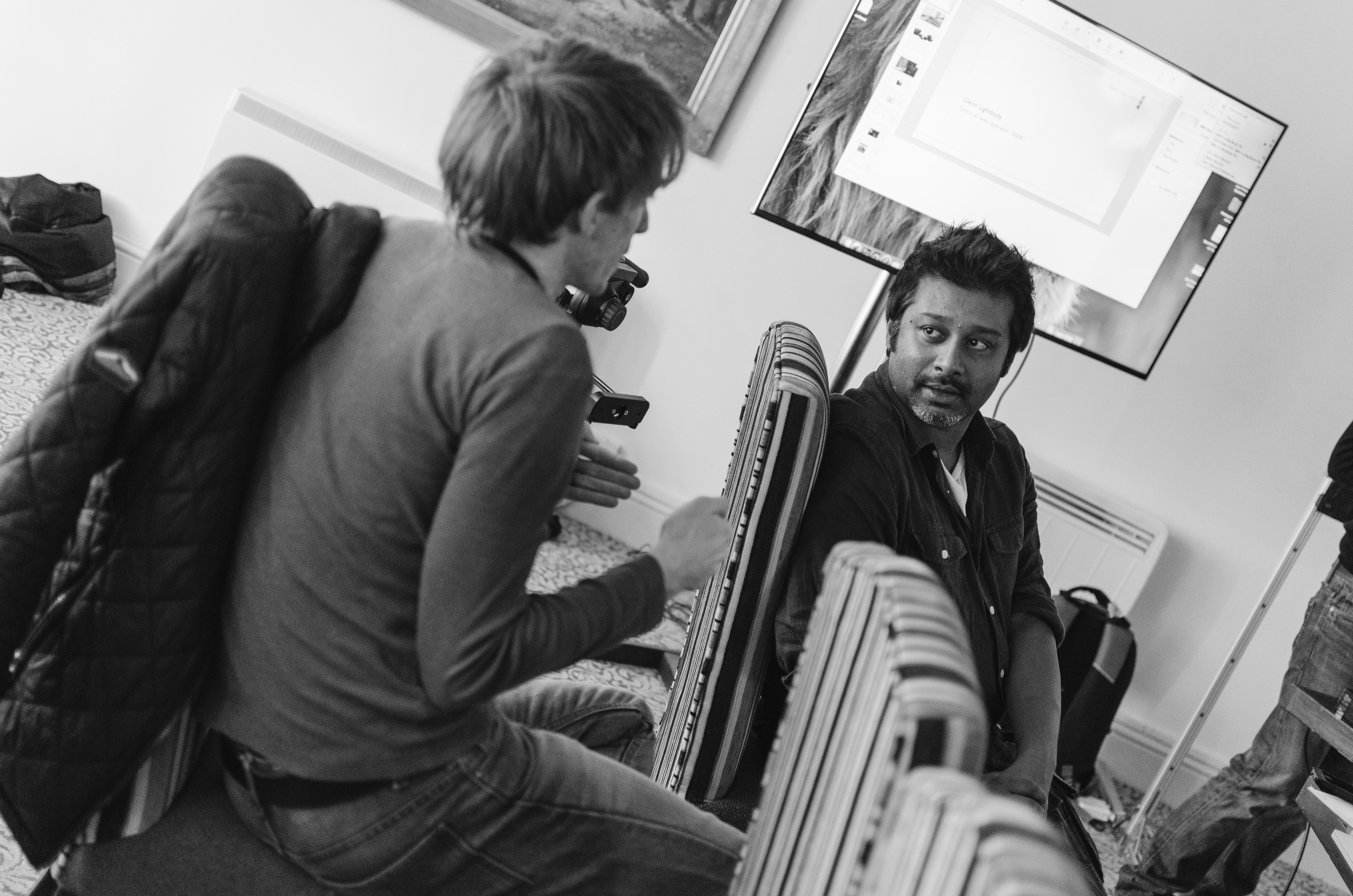
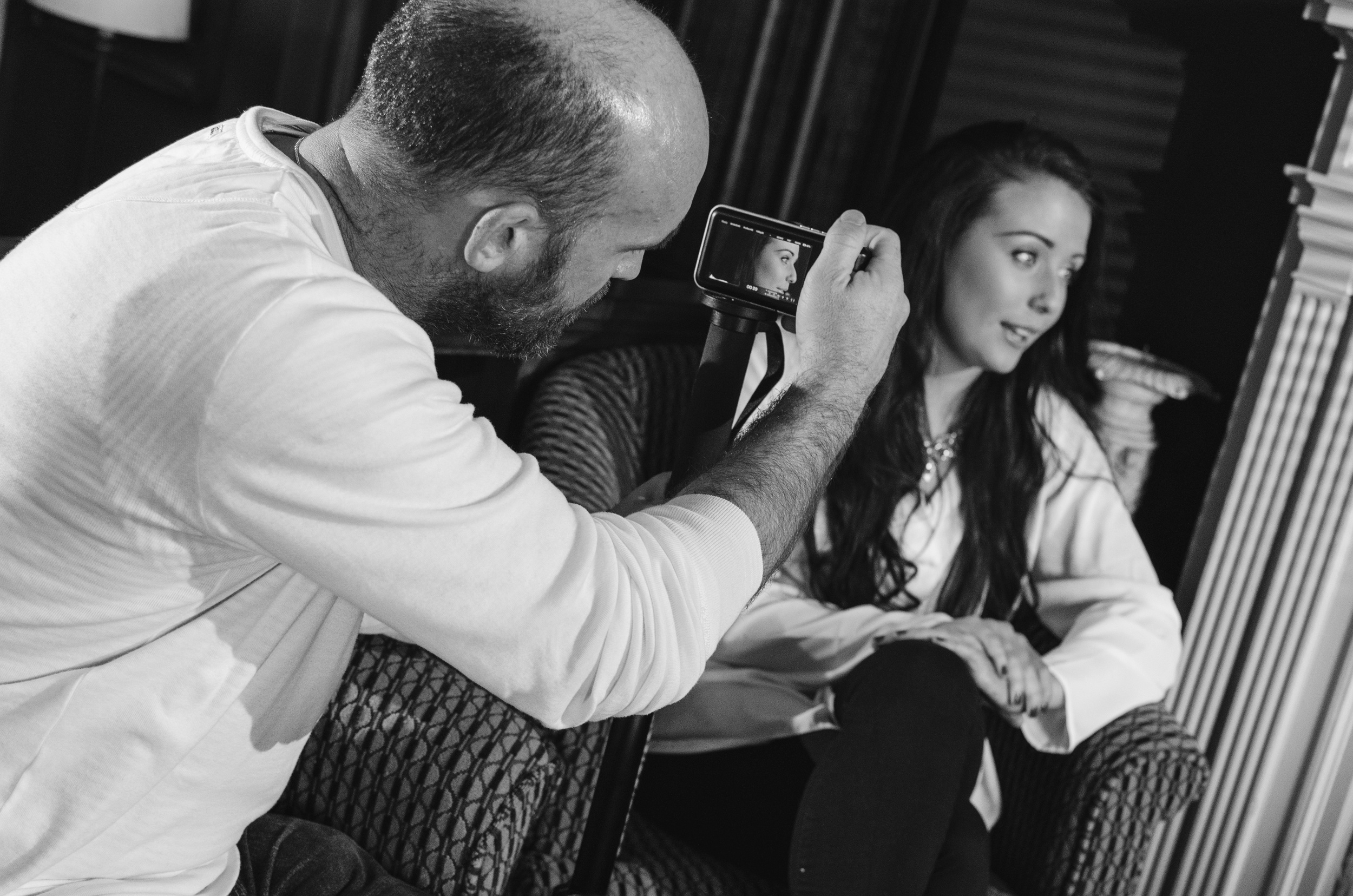
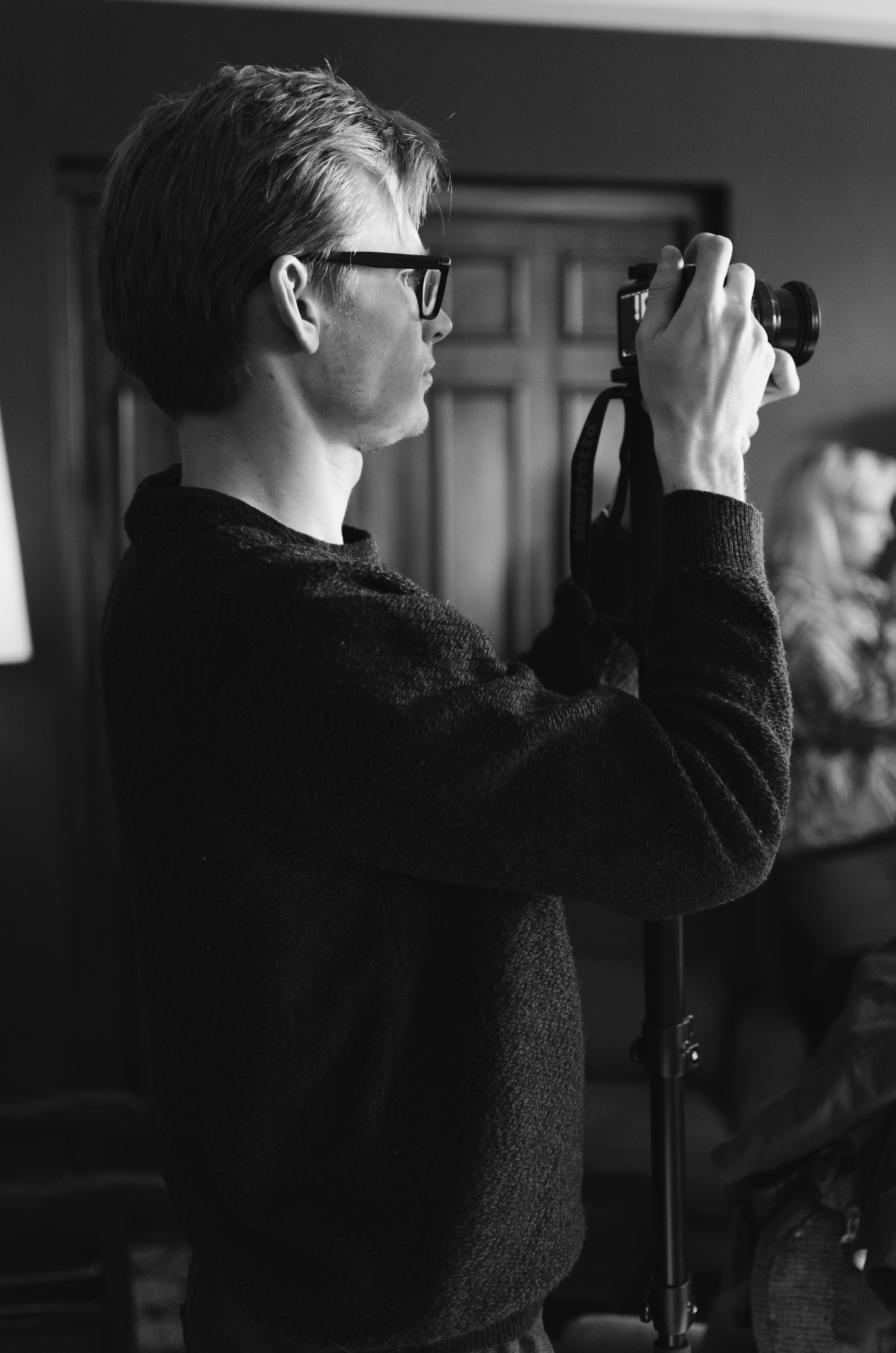
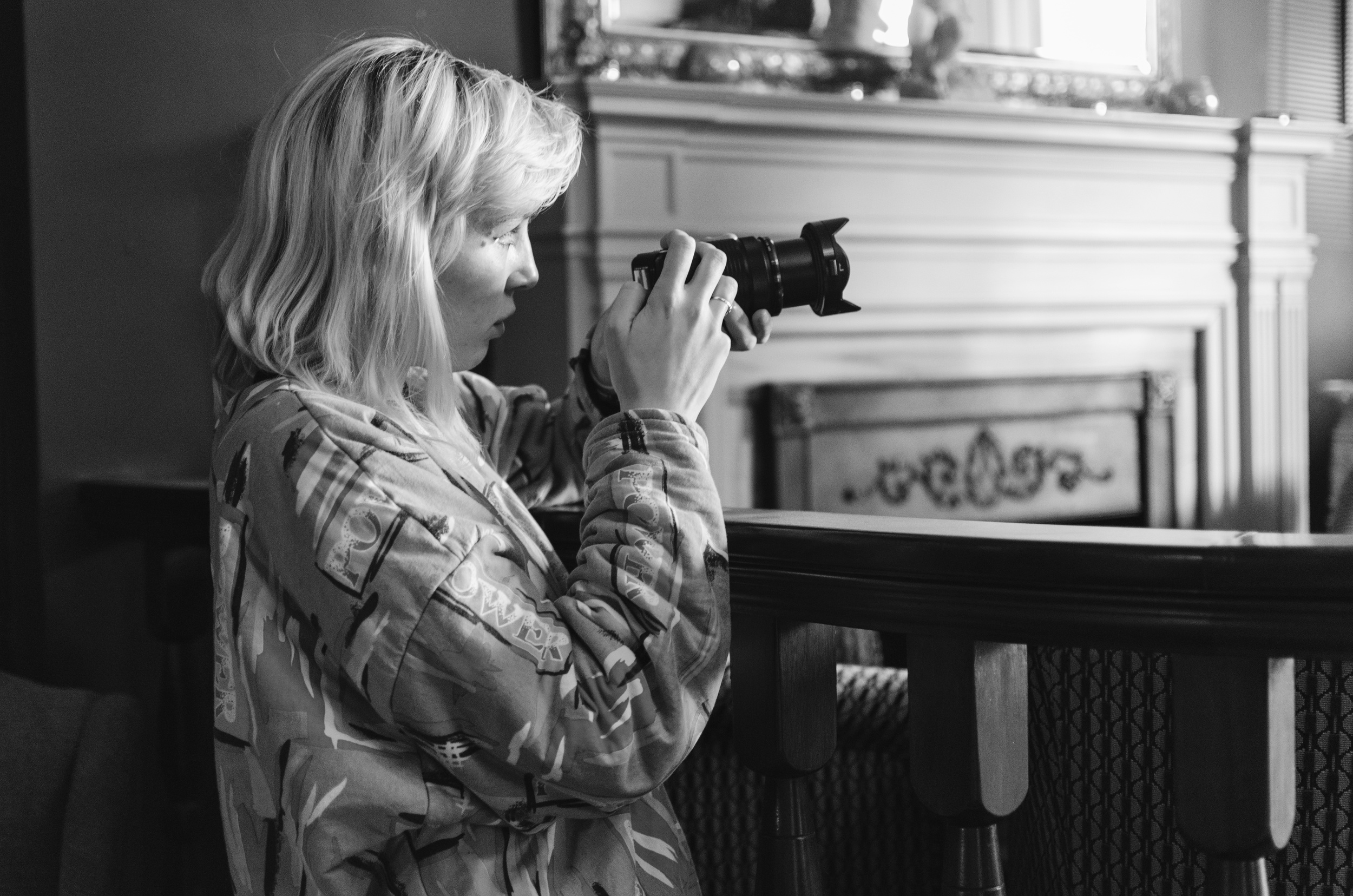
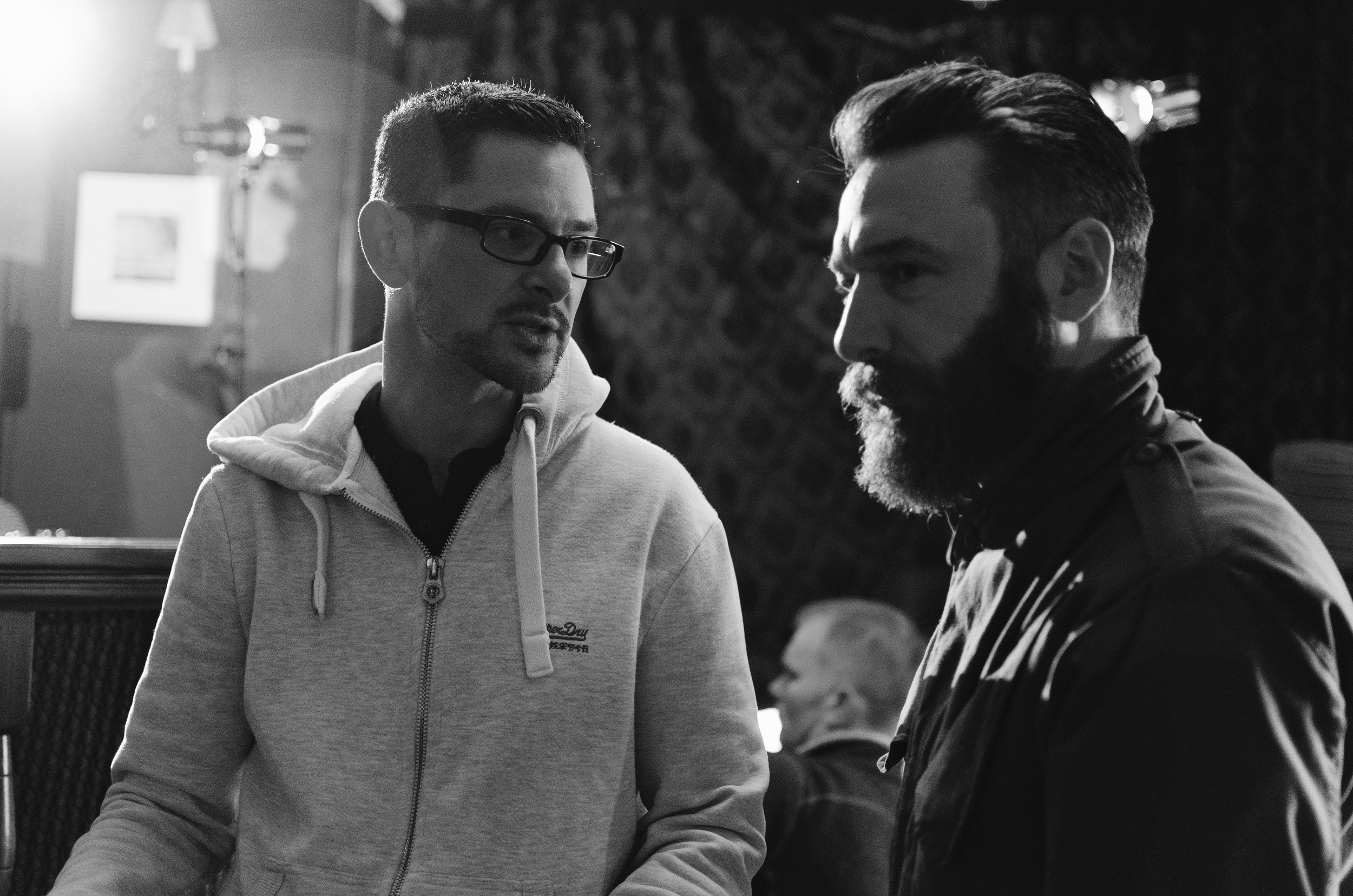
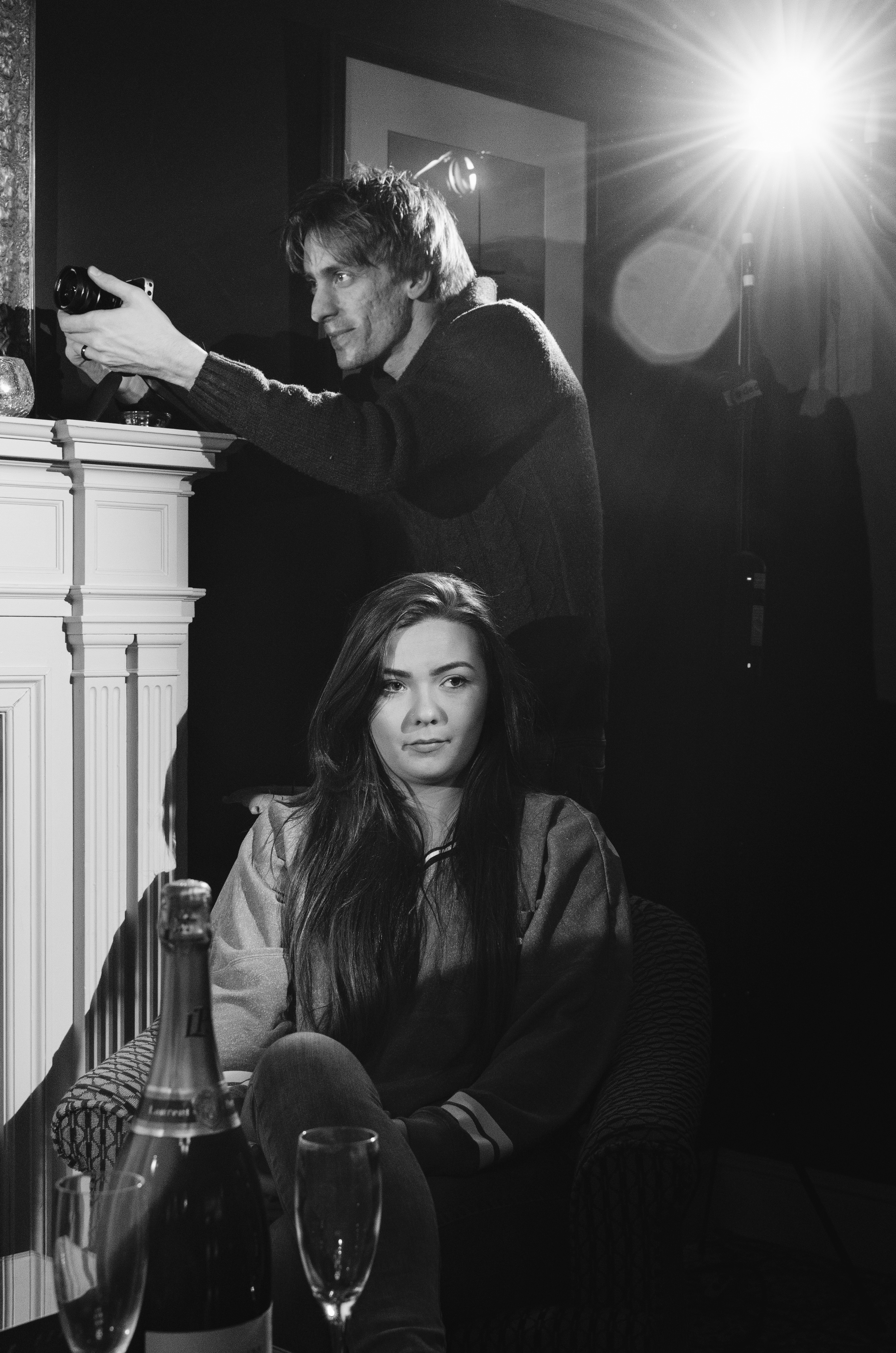
5th Session: Editing, with an overview of basic editing techniques, and how they can be used to create drama and mood, as well as moving your story along.
6th Session: Grading, which was a run down of Da Vinci Resolve; Blackmagic Design's impressive colour grading software. This program is used on numerous blockbuster movies and gives you incredible control when colouring and finishing your footage.
This weekend was a gift in so many ways. There is obviously no space here to share all the things I learnt, but let me quickly tell you about the camera, the software, and the company:
The Blackmagic Pocket Cinema Camera is an odd one for me.
Let me give you the positives up front.
It's incredibly simple to use, and for such a diminutive device, at a reasonable price, it gives you some similarly incredible footage. They boast 13 stops of dynamic range (which I've explained on this blog before is the amount of information the sensor can hold between the brightest highlights and darkest shadows before blowing to pure white or black respectively). 13 stops is very impressive and having used the camera I can report that it's all there. This also means however that this is a professional camera and not for consumers. If you simply picked one of these cameras up off the shelf and shot footage, you would likely be disappointed by the flat, washed out, grey look of your shots. You HAVE to colour grade this footage. It's not an optional extra as with other cameras, but this has to be the process in order to give you all that latitude.
Take a look at this example:
The footage also feels 'soft'. Not really sure what other word to use here but it has a filmic feel to it. Digital works very hard to be pin sharp, but in doing so can often feel clinical, whereas the BMPCC takes the hard edge off your images, whilst somehow managing keep all the detail you need. I find this trait a hard one to describe, so maybe the best thing to do is to watch this little test video I made with my patient wife and see if you can pick up the same thing:
On the negative side, the sensor is a super 16mm, which means it is a whole lot smaller than the full frame I'm used to. This means that I have to work very hard to get the depth of field in the shots which I'm looking for. That said, this may be a welcome hamstring for me at the moment as I am trying to move away from shallow DOF shots, because they can become a fall back for a lack of content. By that I mean if I don't have anything that great to point the camera at, I just open the aperture up and show lots of creamy bokeh and people are automatically impressed. That said, I still want the option.
The micro 4/3 mount also means in my case that I would have to invest in all new glass. Even if I got an adapter to use my Canon lenses, the small sensor size means a 3 times crop factor, which would turn my 50mm into a 150mm effectively, and render it almost useless. We were kindly provided with a Lumix 12-35mm f2.8 to use with the camera, but I would need a whole lot more lens options to get the shots I'm used to getting.
The other obvious niggle is the battery life. It's terrible. You will need an arsenal of spares as you won't get much more than an hour of filming time on a full charge, even if you're as fastidious as I am about powering your camera down between shots.
Overall though it's an amazing little camera. I would love to be able to invest in glass for this little one as I think it would make for an incredible travel camera with it's small size being both convenient, as well as stealthy in situations where you want to get great shots without drawing huge attention to yourself.
Let's move on to the software.
Da Vinci Resolve is just about the best and most accessible colour grading software out there. Full stop.
It is an incredibly powerful platform which lets you make the kind of fine tuned corrections to your footage you've always dreamed of. If you're a Final Cut Pro user like myself, you will be used to it's ham-fisted bludgeoning of your detail and dynamic range when attempting to create any kind of look for your footage. Now admittedly my fledgling experience with Resolve this week has been solely editing the 13 stops footage pushed out by the BMPCC, but I think I can already see it will be leaps and bounds ahead of FCPX in it's ability to grade flat DSLR footage as well.
And here's the best part: it's bloody free!!
Well the full version of Resolve isn't, but Resolve Lite is, and it packs all the punch of it's big brother with most of the features available to you. I almost dropped £50 on a colour grading plugin a couple of weeks ago and I'm so glad I didn't, because now I have the industry standard for colour grading sitting on my machine for free.
If you grade, and don't have this software, go grab it, and learn how to use it.
Round tripping from Final Cut Pro has been a bit of a challenge in my testing, but I'm sure that will get better with experience. The software itself though, is stunningly good.
Lastly, the company.
Blackmagic Design are very clever.
From what I can see they have given up time, energy and resources to provide a weekend away for a few photographers whose work they appreciate. They are investing in us by giving us gear, and knowledge, and the offer of assistance as we shoot.
Why?
Because now we know their brand. We understand their gear and what makes it so good. We will unconsciously compare any kit we get in the future to their '13 stops of dynamic range' and ability to 'shoot in DNG RAW'. They haven't asked for a thing from us but they know we will go on to tell others about the weekend (I'm doing it now, unbidden) and we will likely end up using their gear in our workflow. They are not only creating future customers, but also partners.
I admire companies like this who understand that generosity is the way to build relationships. Coercing email addresses out of large crowds and spamming their inboxes is, in my mind, a sure fire way to sour your brand in the minds of many; but this kind of targeted giving is certain to yield firm followers, and even friends in the right places.
I was so impressed with the hours of time the staff put in to answer my slew of stupid questions, not to mention the being spoiled rotten for three days on the shores of Lake Windermere.
This is how you build partnerships with creatives.
A lot of generosity, and the little bit of flattery didn't hurt either.
Tech companies take note, because from this photographers point of view Blackmagic Design have their boot squarely up your proverbial.
Film Revisited
While in Cape Town recently, I bought myself a 30 year old Minolta X-700
SLR with a 50mm f2. I decided to take on the challenge of shooting film because I had heard the clichés about slowing things down and how this can improve your photography.

After a couple of filmic photomissions around the peninsula, I can report that the cliches are all true.
There is something about having to fight the plastic sprockets to load your film, having to count your frames as you shoot to make sure you don't run out, and having to calculate your exposures for each shot, which force you to take stock and frame more carefully. You're no longer running around shooting anything that moves and deleting as you go. You're planning shots now. Pre-visualizing.
Of course the other element which gives you pause is that you can put a dollar amount to each click of the shutter. Factoring in the costs of film and developing means that there is no such thing as a cheap shot, and this really serves to move you away from the spray-and-pray approach of digital.
This isn't 'taking' pictures on the run, this is 'making' pictures.
One thing I noticed when getting the shots back was that film is a lot more forgiving. I know I can easily lose detail when shooting digital because of it's small Dynamic Range.
For the uninitiated "Dynamic Range" is how much information your sensor or film can hold in the darkest shadows or brightest highlights before they just disappear to pure black or white with no hope of recovery. I have heard it said that digital can only hold one stop of light in either direction from your exposure, where as film can hold up to three stops, which if true is a huge difference.
Being a digital shooter I assumed that many of my shots would come back with an unusable amount of detail loss, and I was struggling with not being able to check my shots on a digital screen to see if I was in the ball park, especially when trying to expose for a bright sky or dark foreground which is a guessing game when using the primitive global metering system which just gives the average suggested exposure for the image.
So I was pleasantly surprised to get the images back and see that film has an incredible ability to hold detail through a wide tonal range. Hardly any shots were wasted.
Take the example of my friend Roger standing in front of the red wall. That is direct sunlight hitting his hair. On my digital that would have completely blown to white, but the film managed to hold all the detail in the dark hair towards the back of his head, and the sunlit hair at the front.
The other aspect which frustrated me, but also added a new joy to shooting, was waiting to see the shots. There is something exciting about having no idea what you really have, and having to wait and see. Not having the immediate feedback actually heightened the experience on some level. I'm not about to start shooting pro jobs with film, or become a full time hipster, but shooting film definitely has a charm.
So, I'm really enjoying this little side project and want to expand it as I go. So far I have been using fairly inexpensive Fuji Superior 400 film, but I am very keen to try some Ilford black and white film, as well as the expensive colour stuff like the Kodak Portra, which I fell in love with from using VSCO film emulation. I also really want to get my hands on a Medium Format film camera to experiment with the extra resolution, unique shooting angle, and different aspect ratio. I'm eyeing a Mamiya C330.
I'm enjoying the slower pace, as well as the mental exercise it's giving me having to know my settings and dialling everything in manually without an LCD screen for reference. Hopefully regular film exercises will make me a more patient and competent photographer.
Here a few more shots:
This next one is a 3-shot Bokeh Panorama because I couldn't fit the shot I wanted into the 50mm focal length:
Wells Blog
Duis mollis, est non commodo luctus, nisi erat porttitor ligula, eget lacinia odio sem nec elit. Maecenas faucibus mollis interdum. Nulla vitae elit libero, a pharetra augue.

